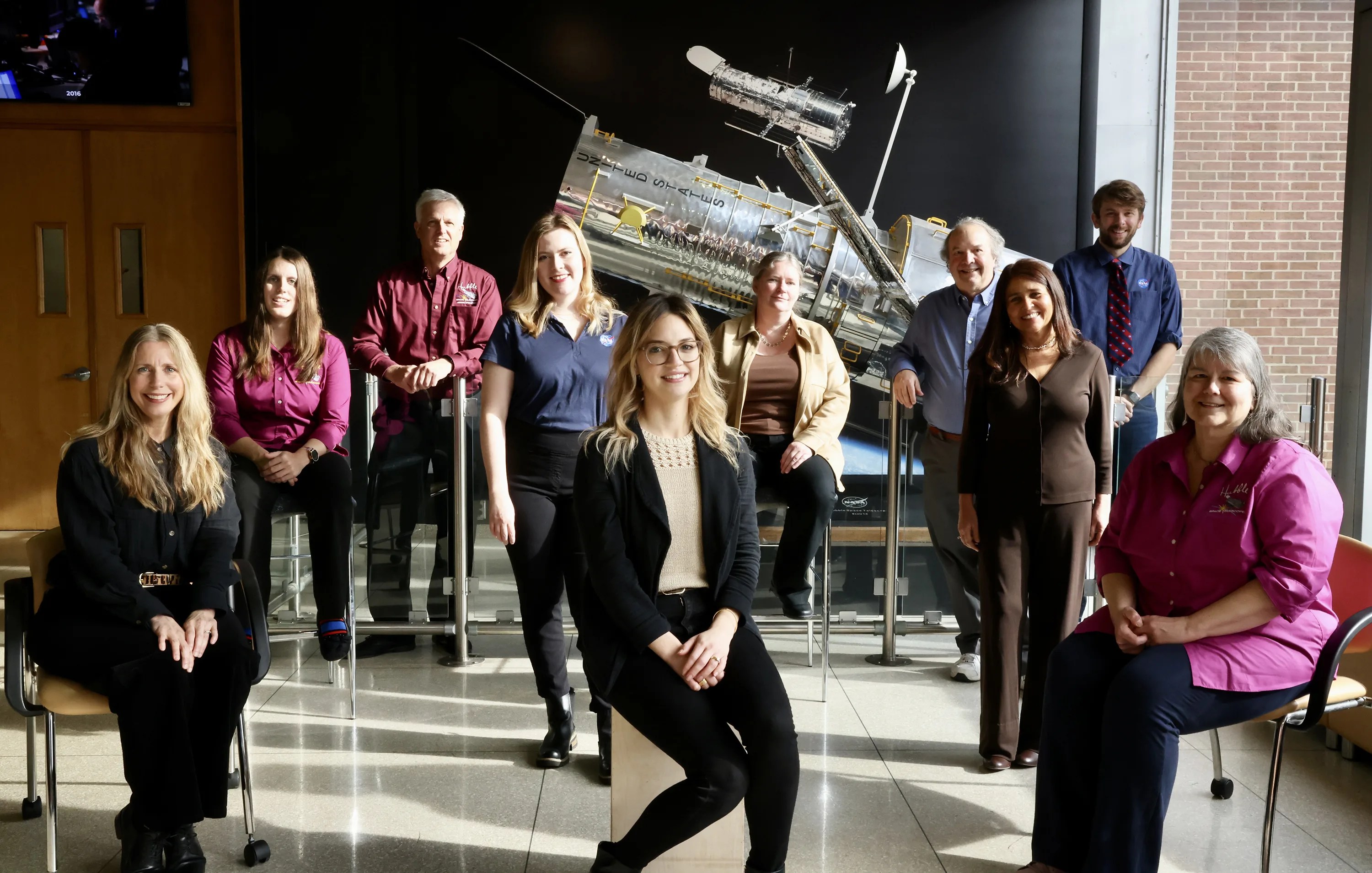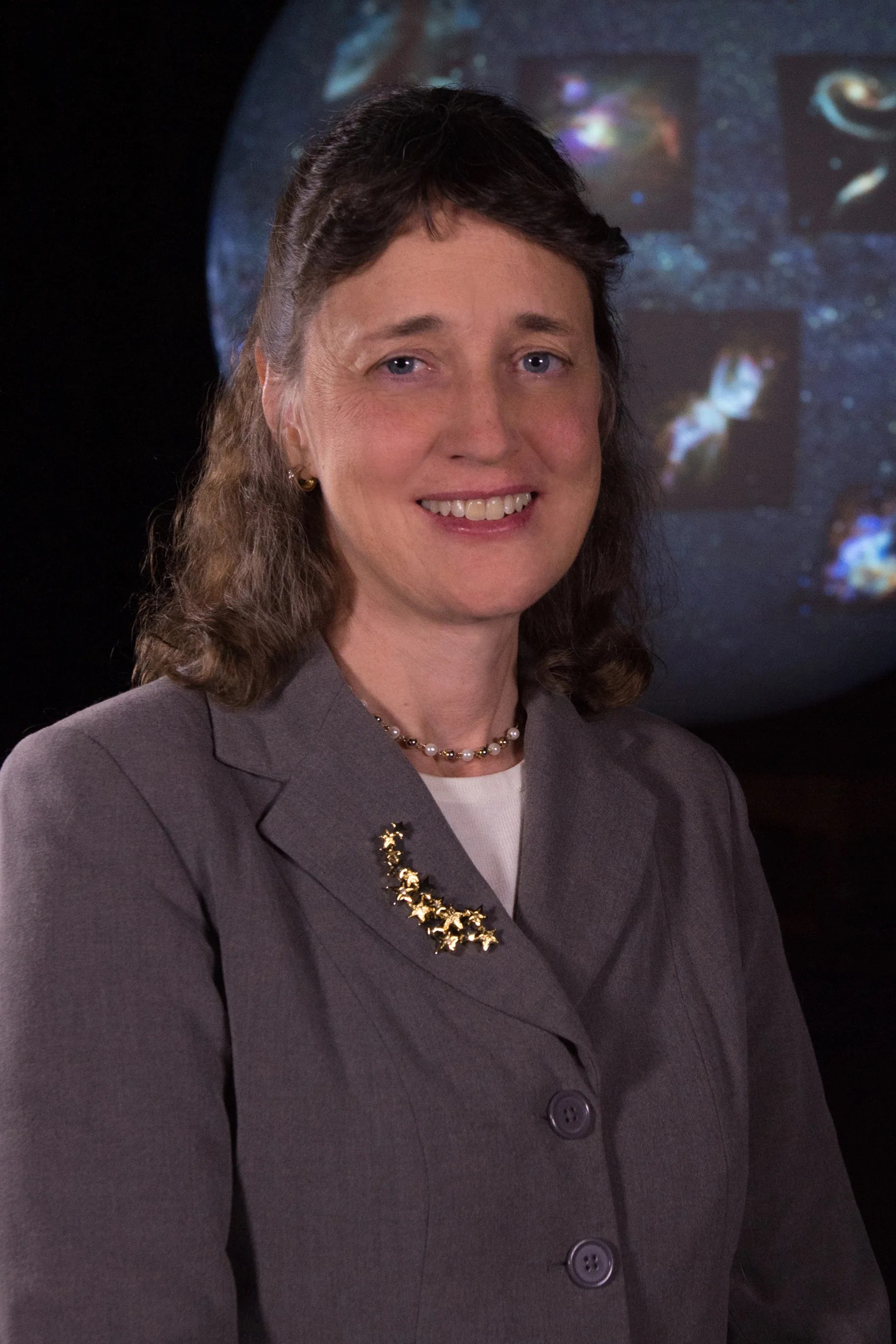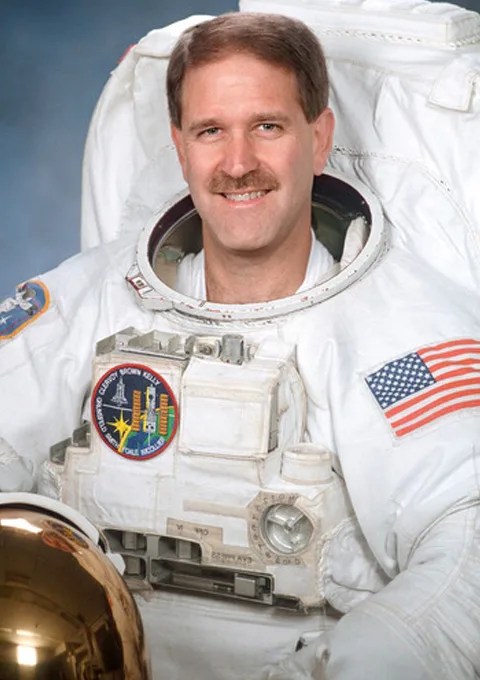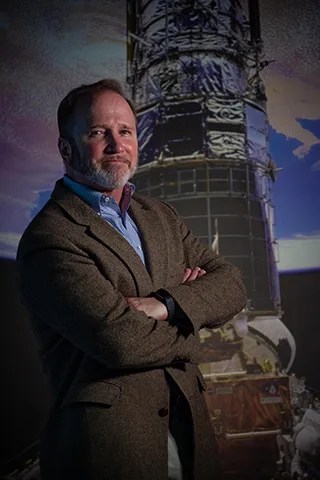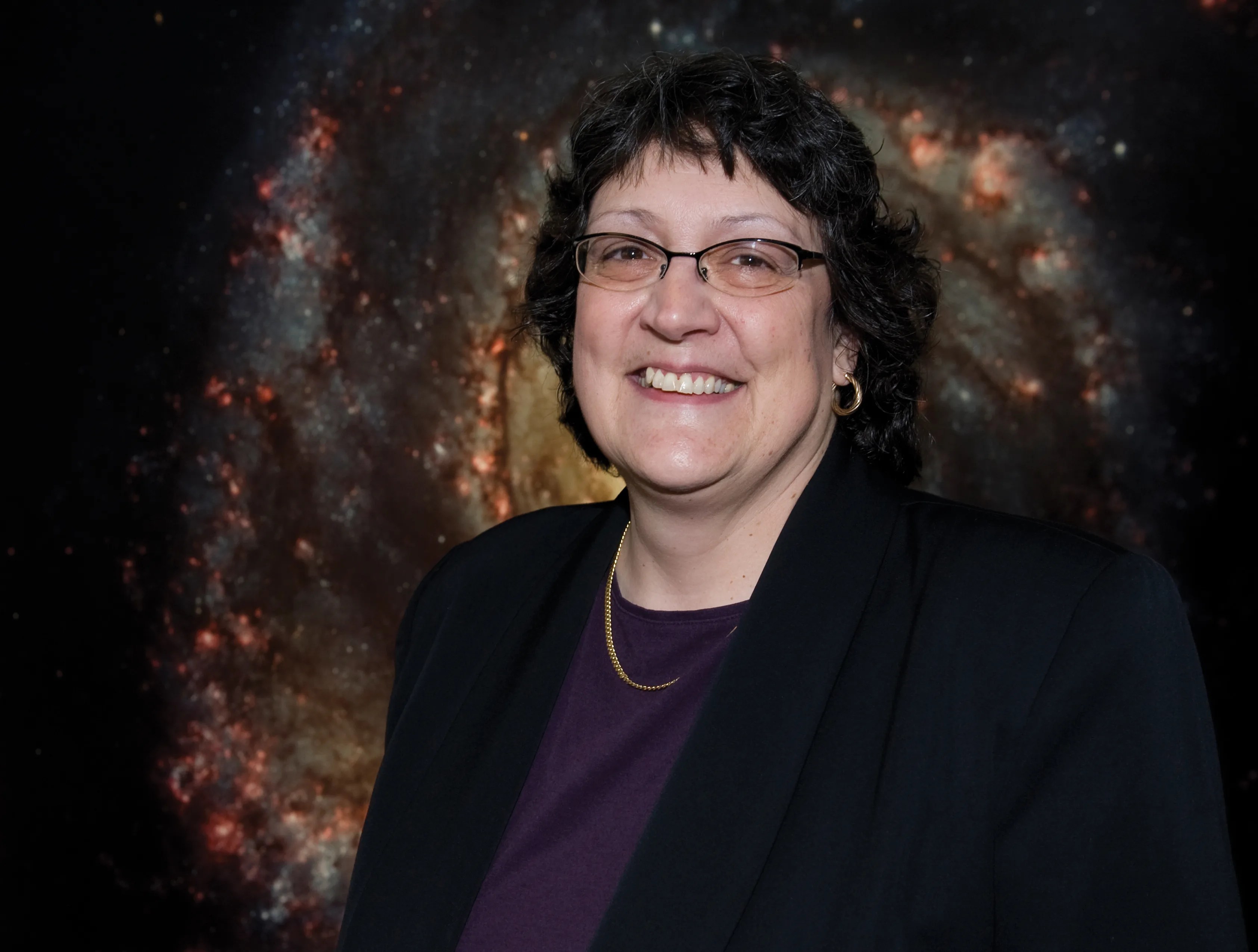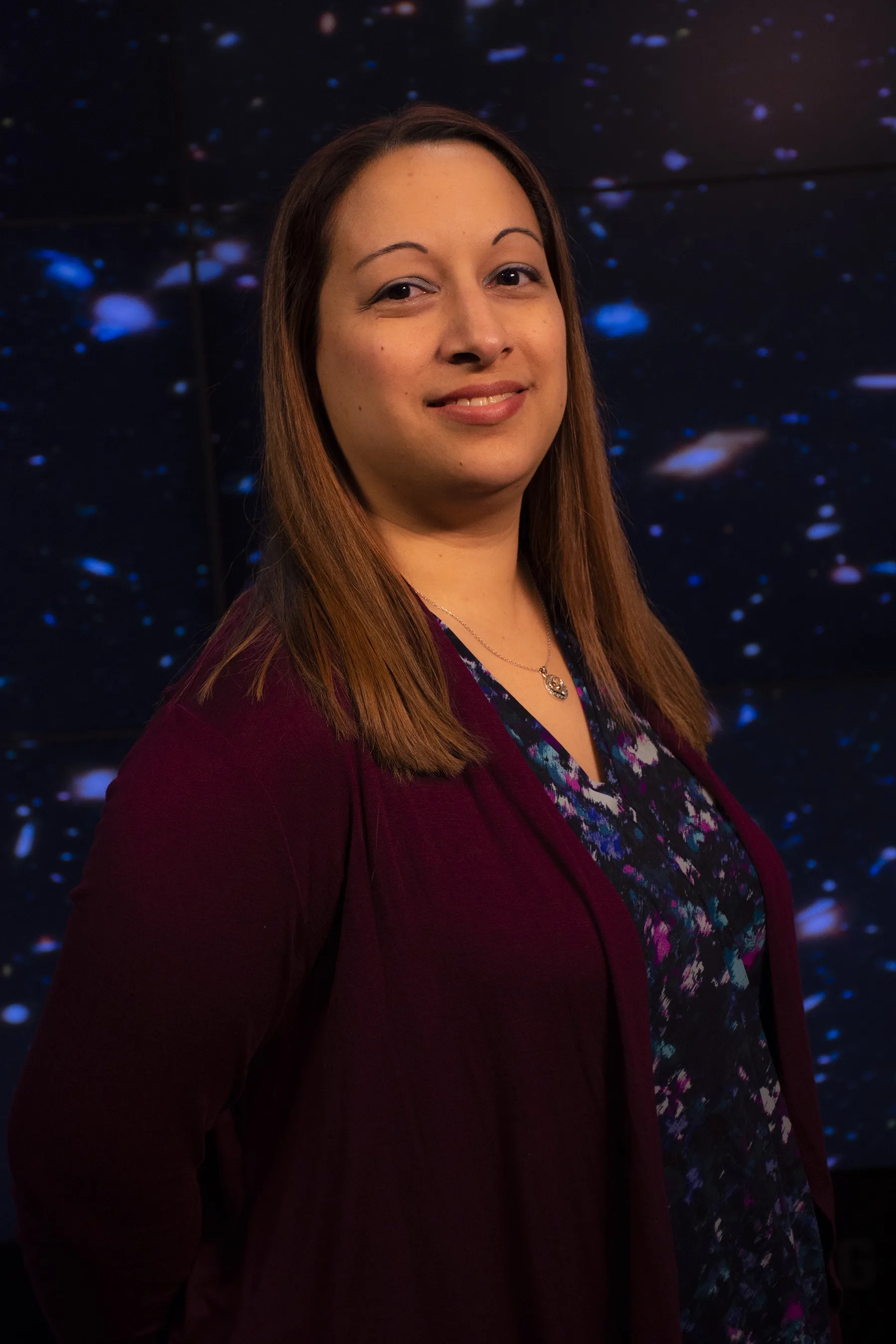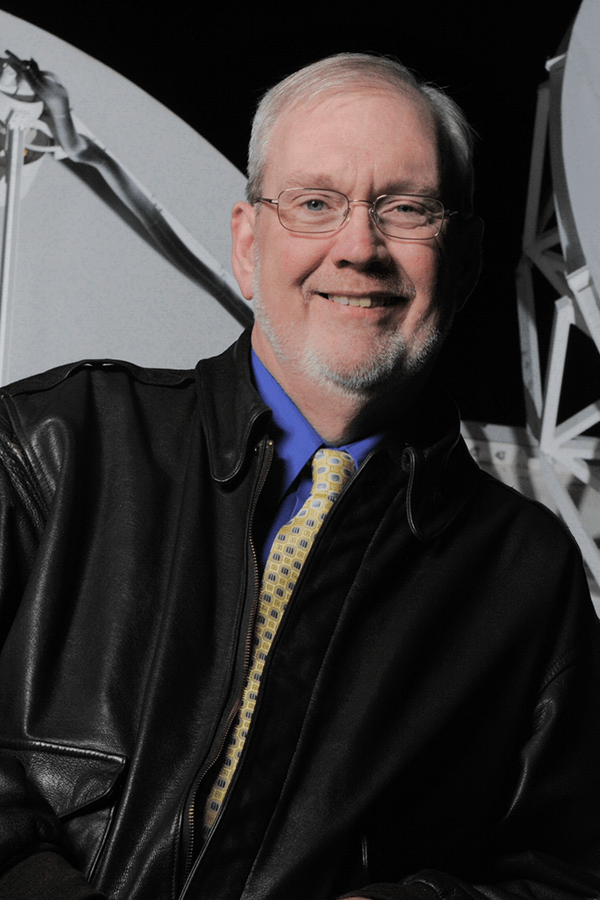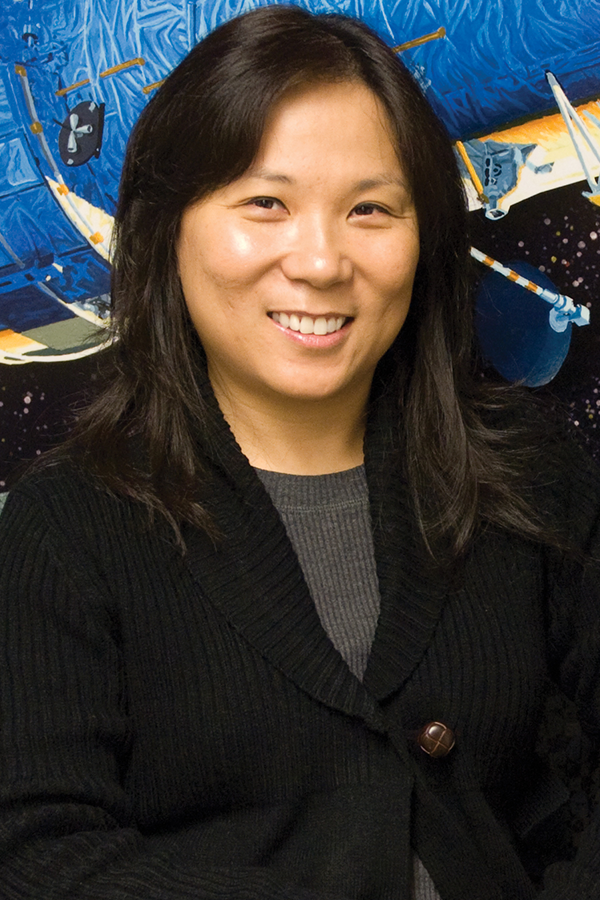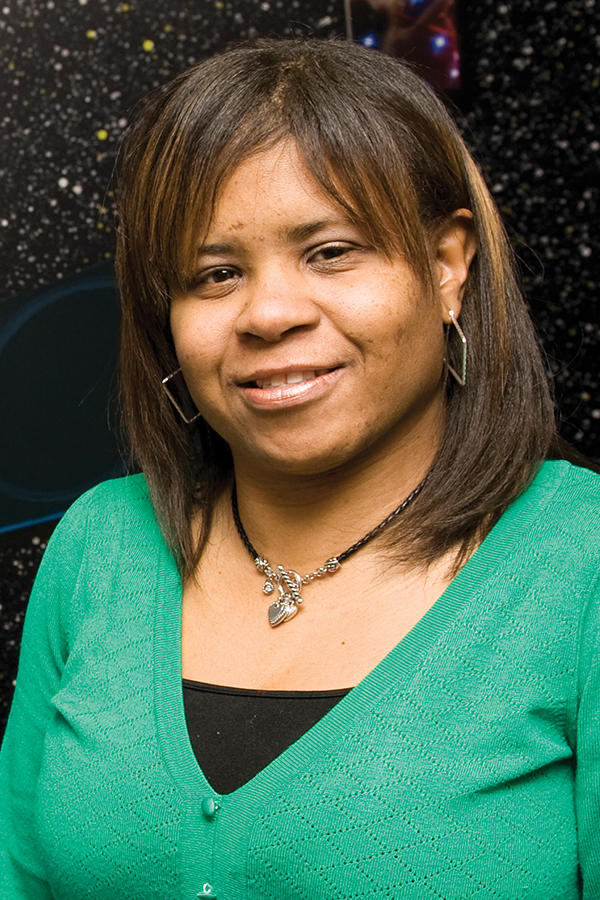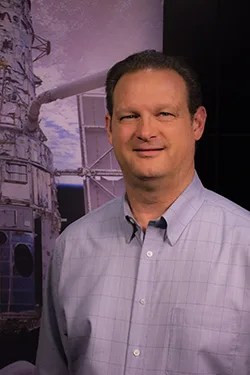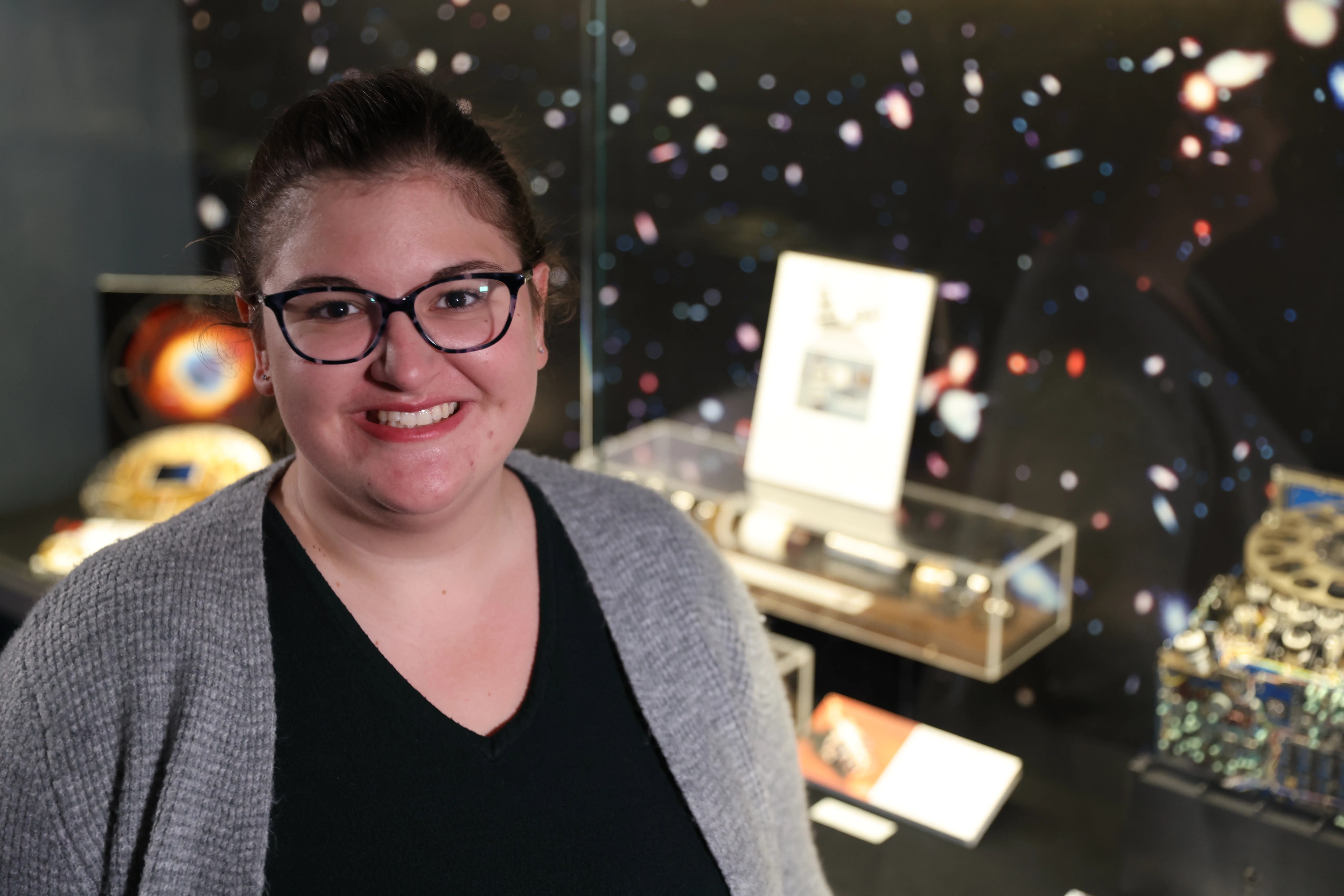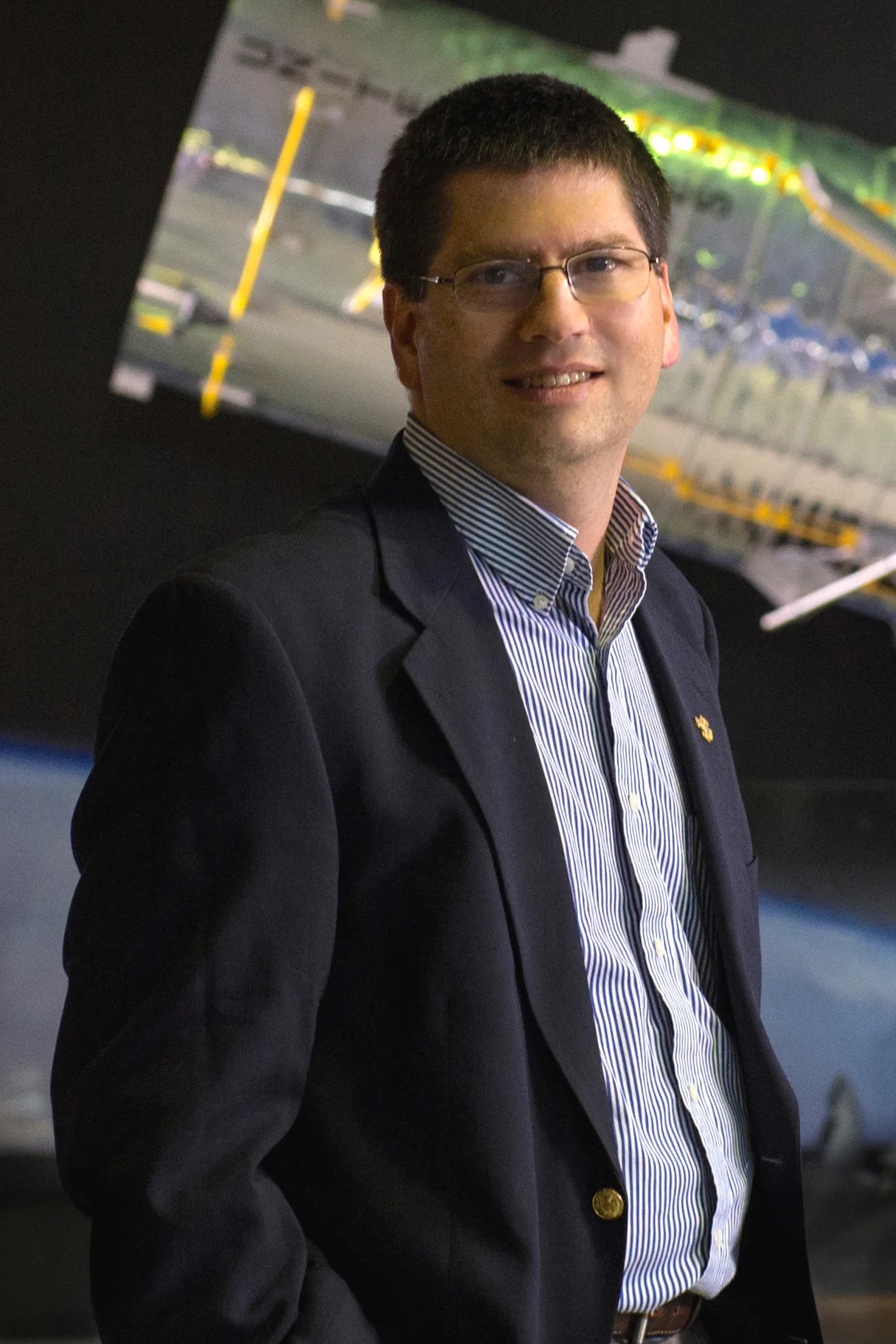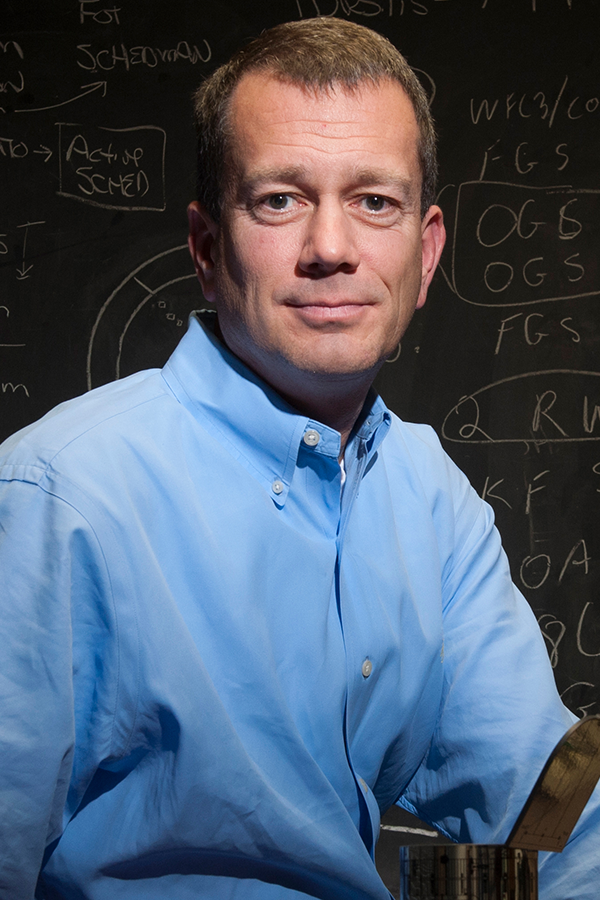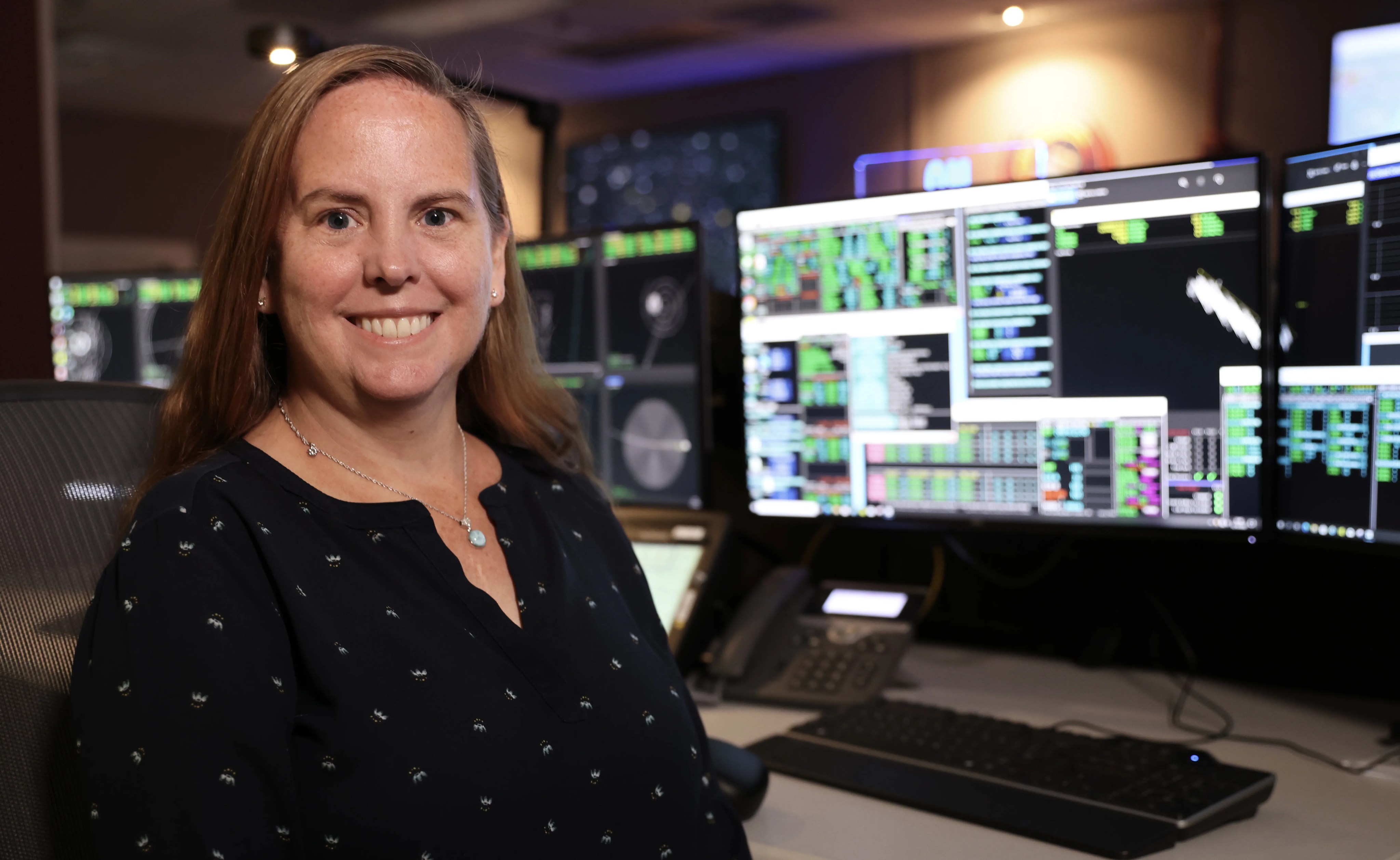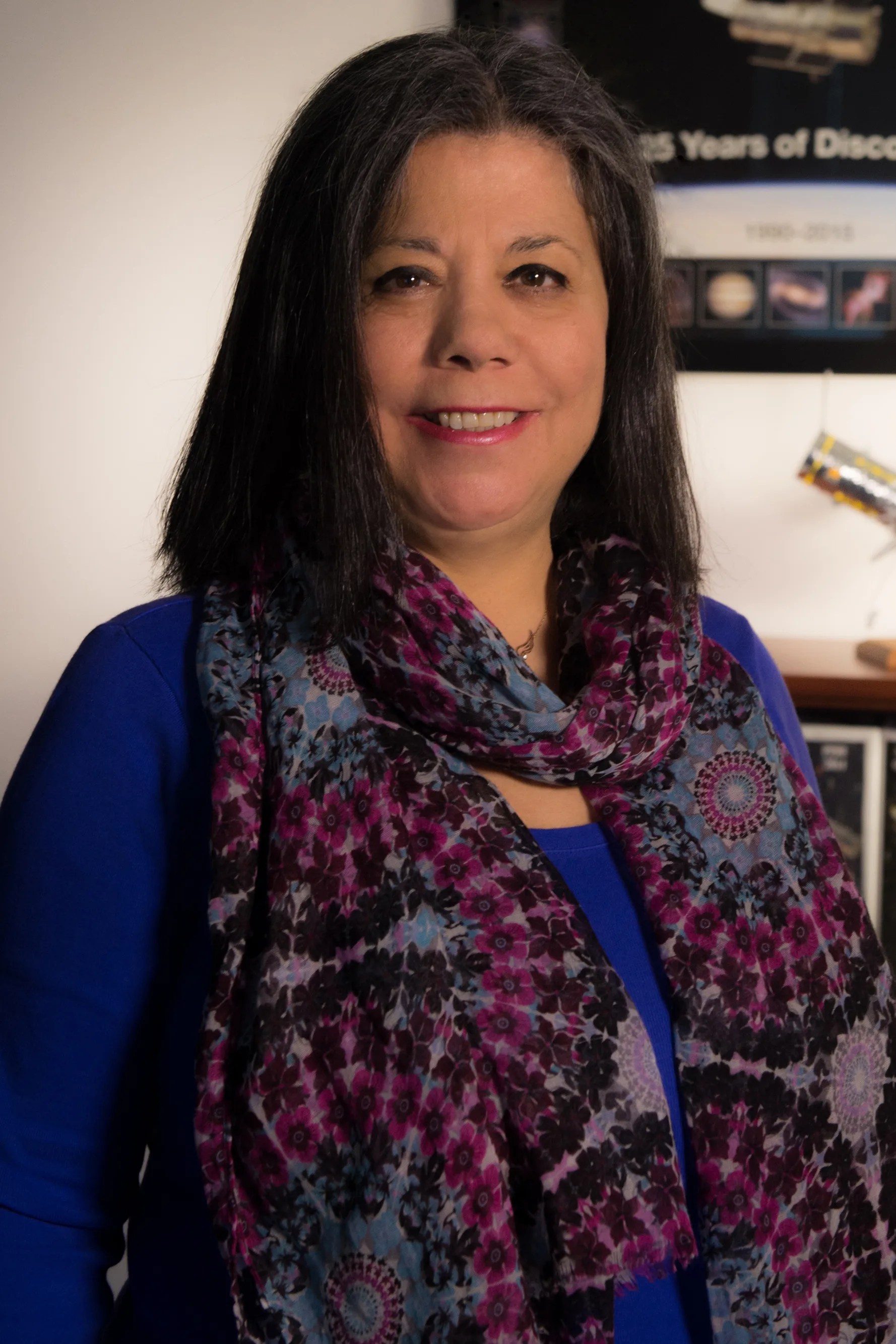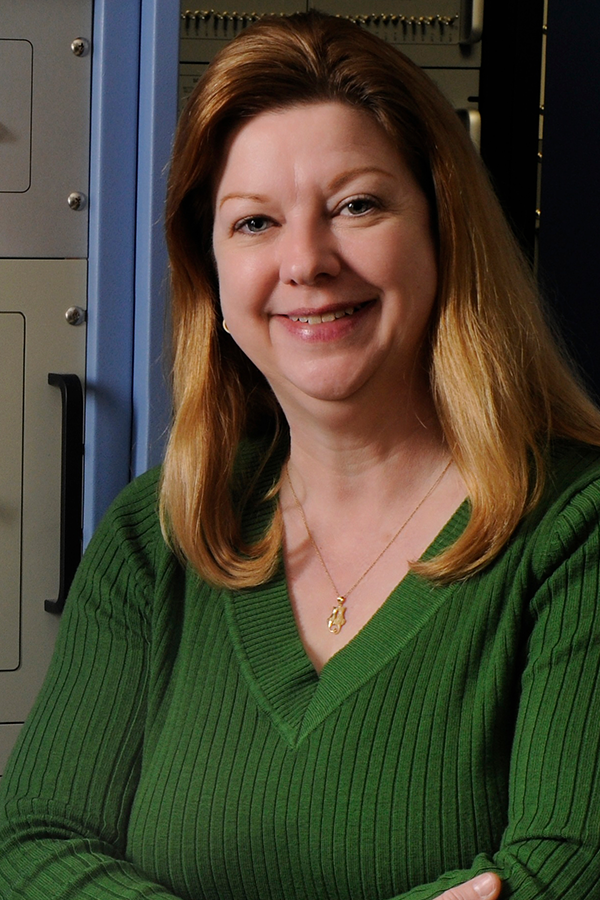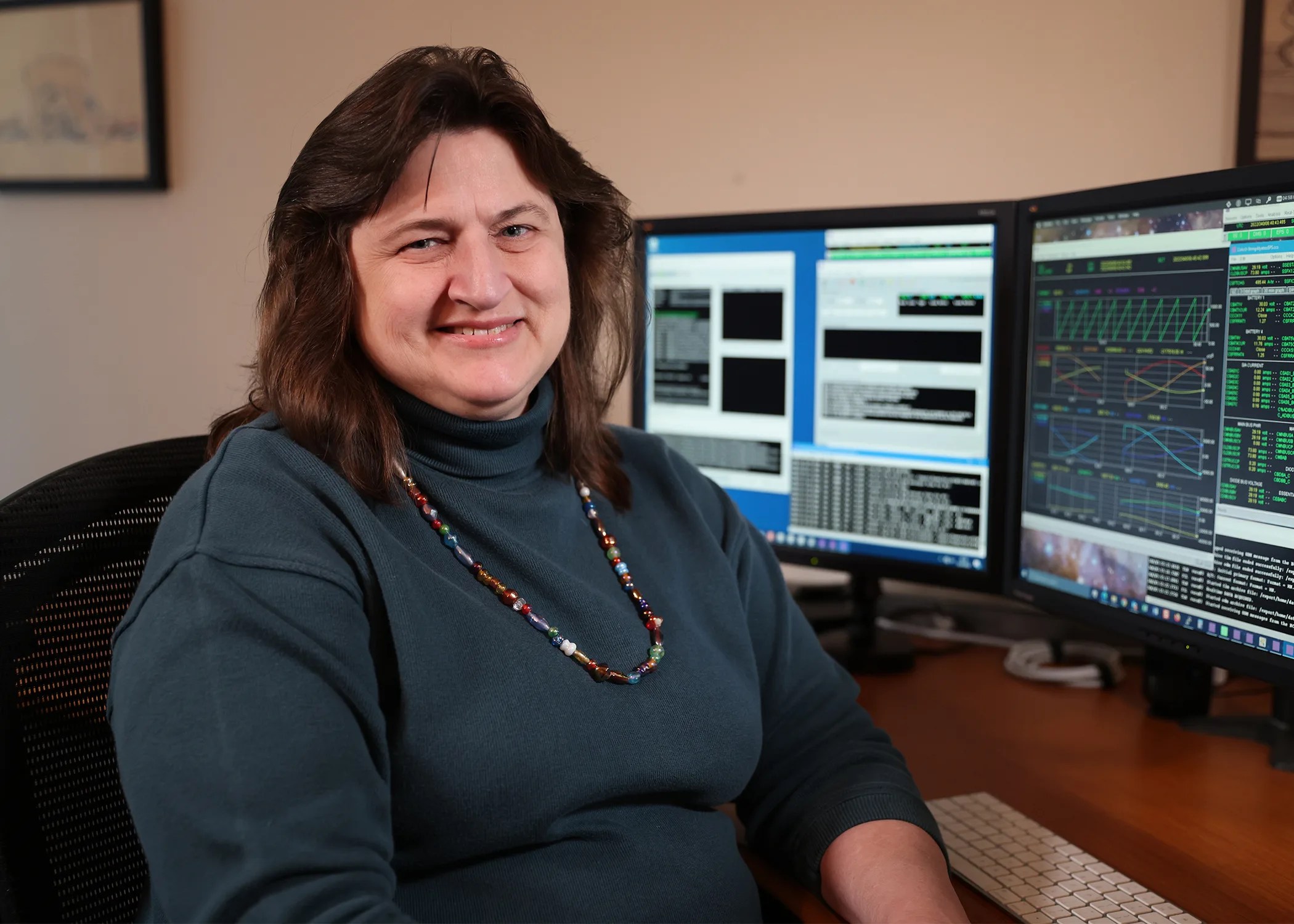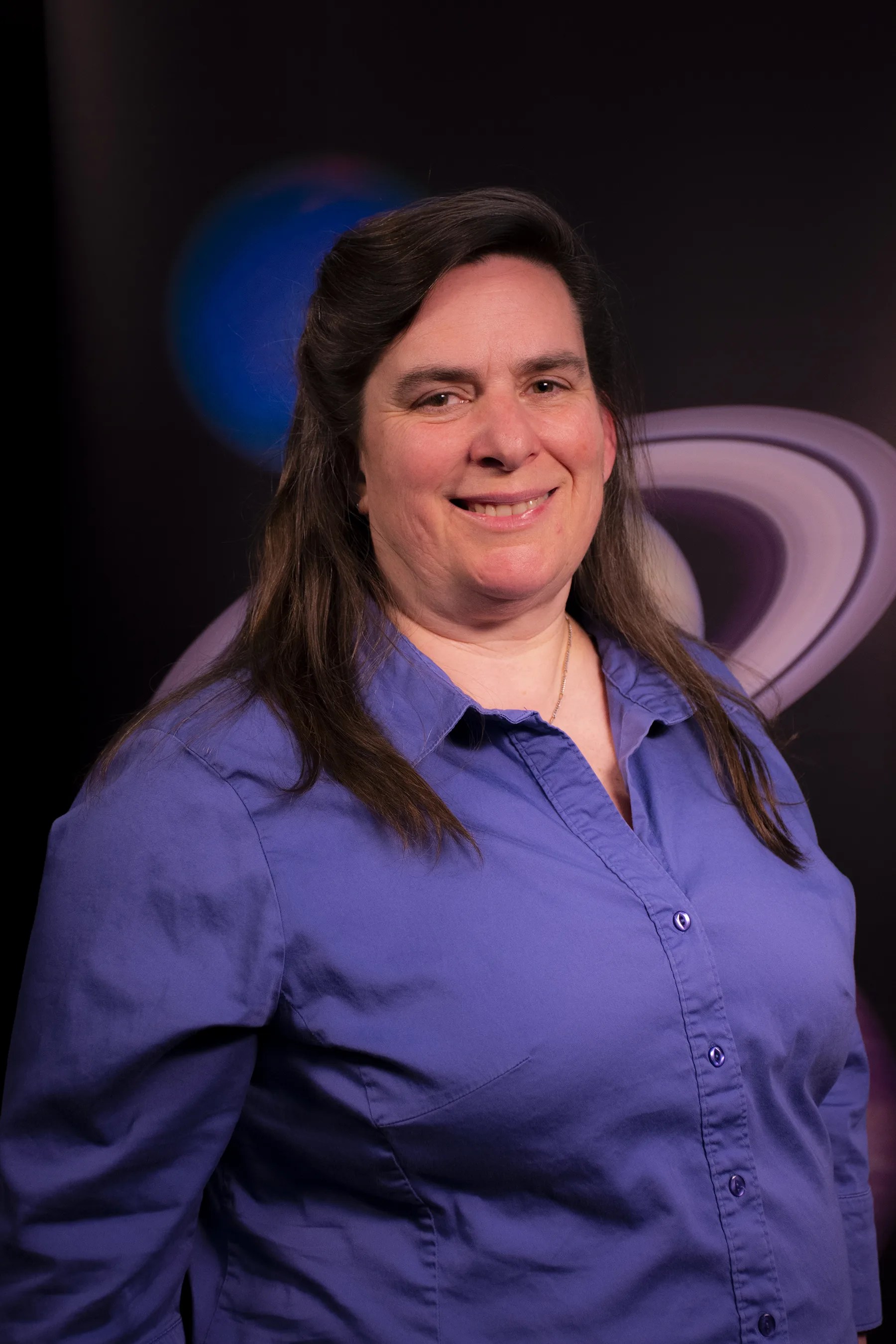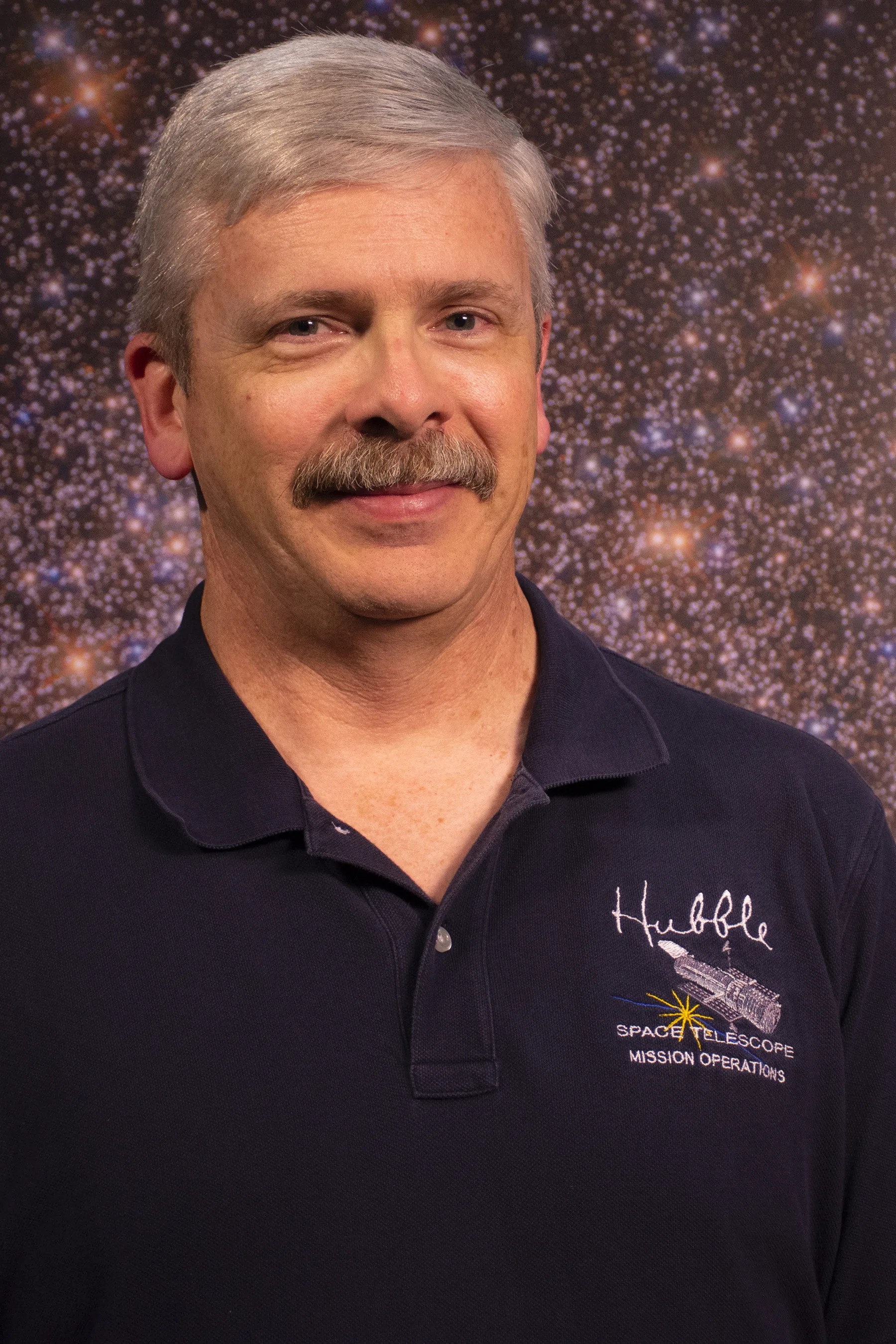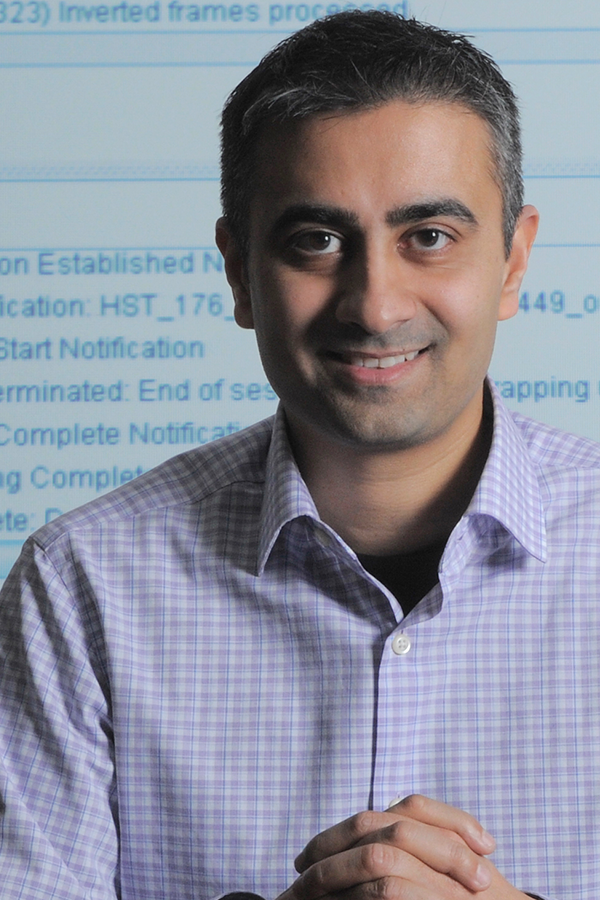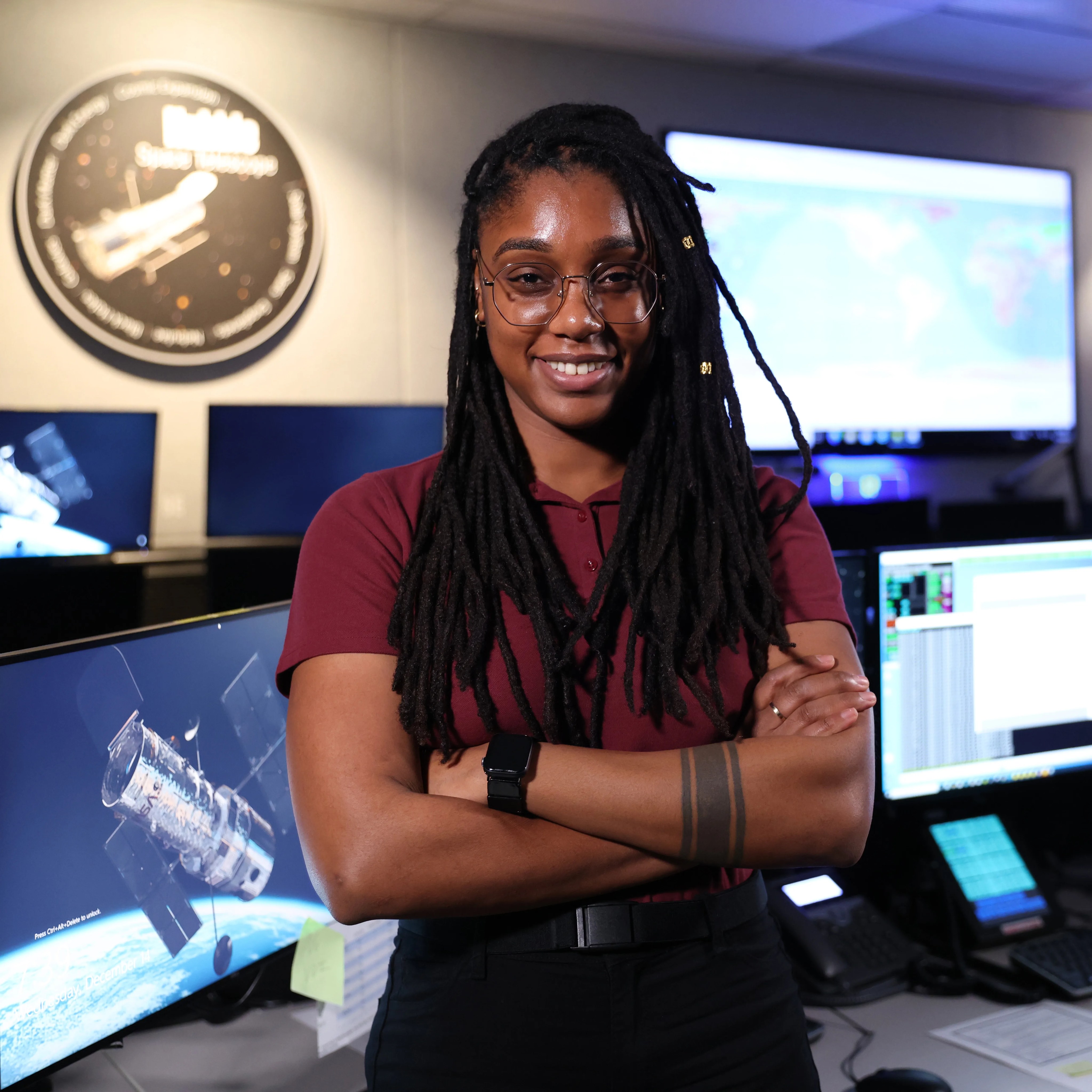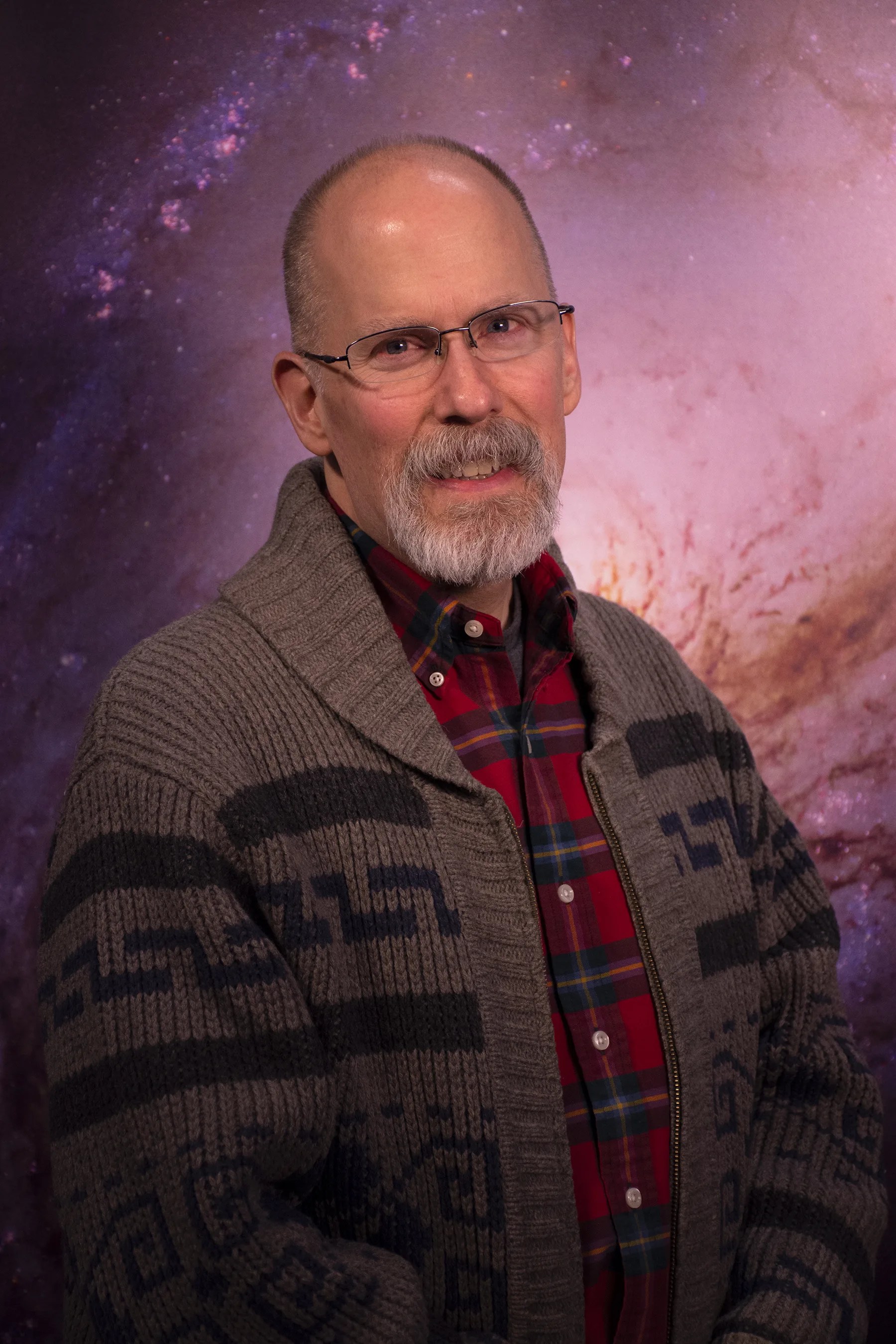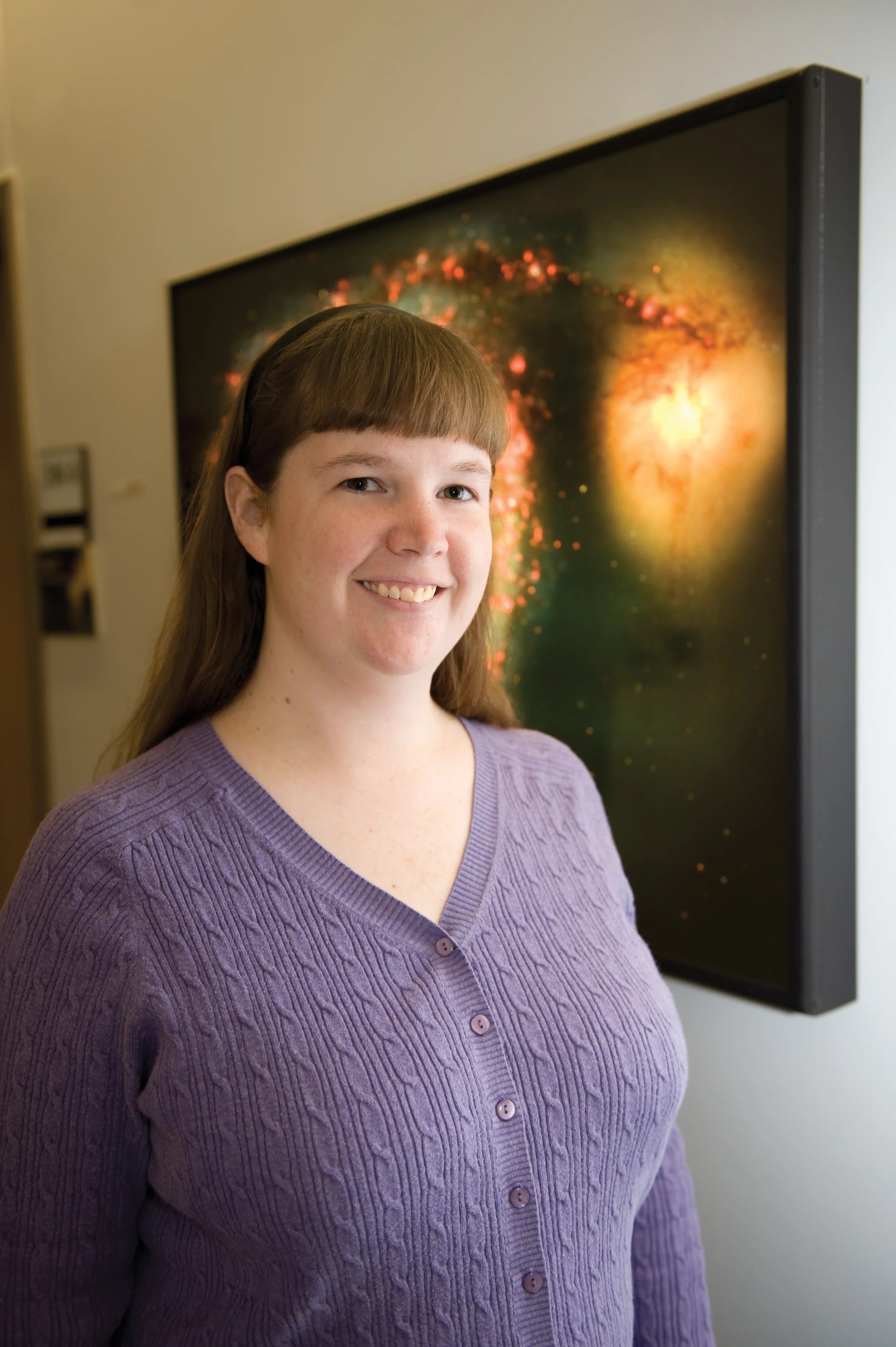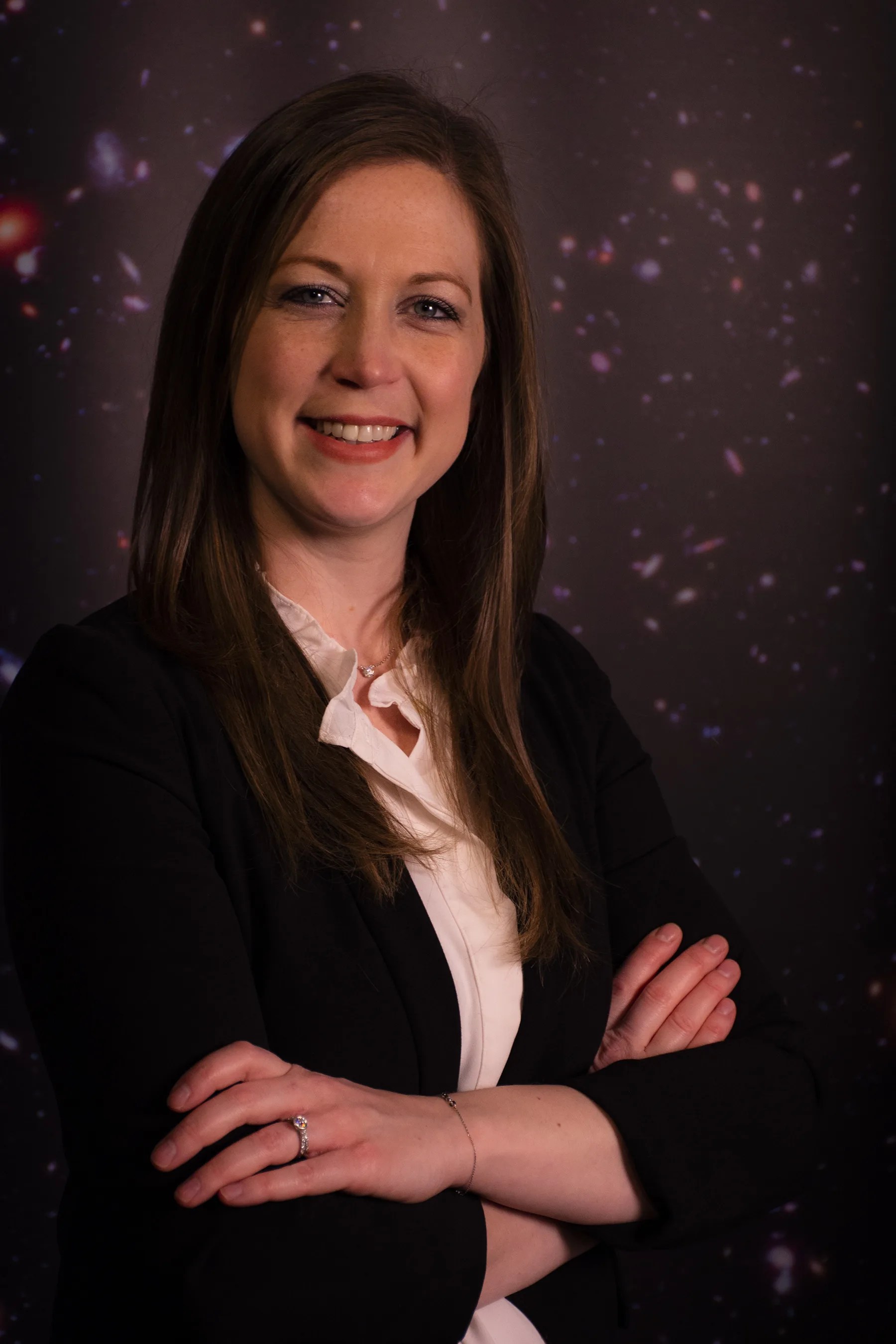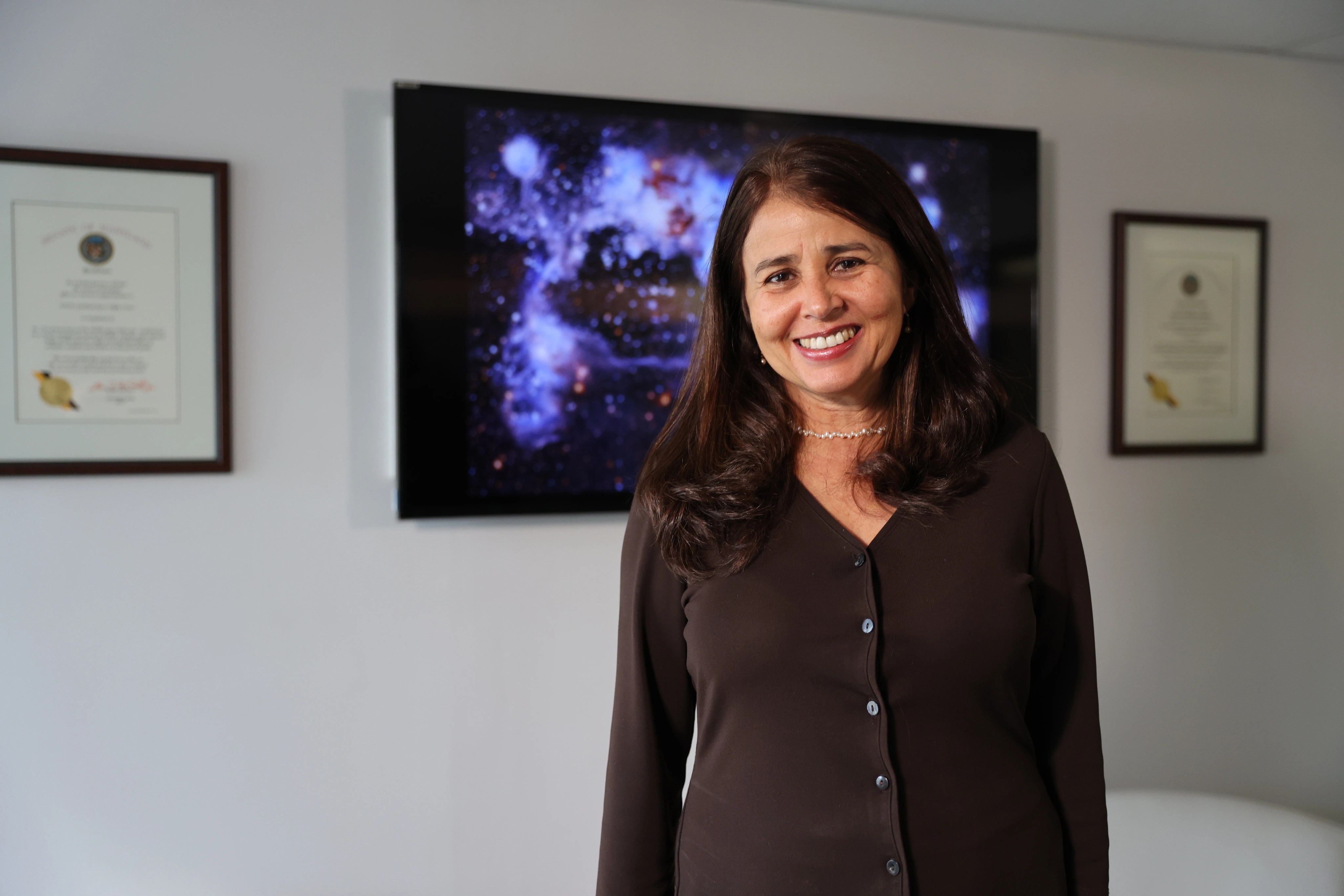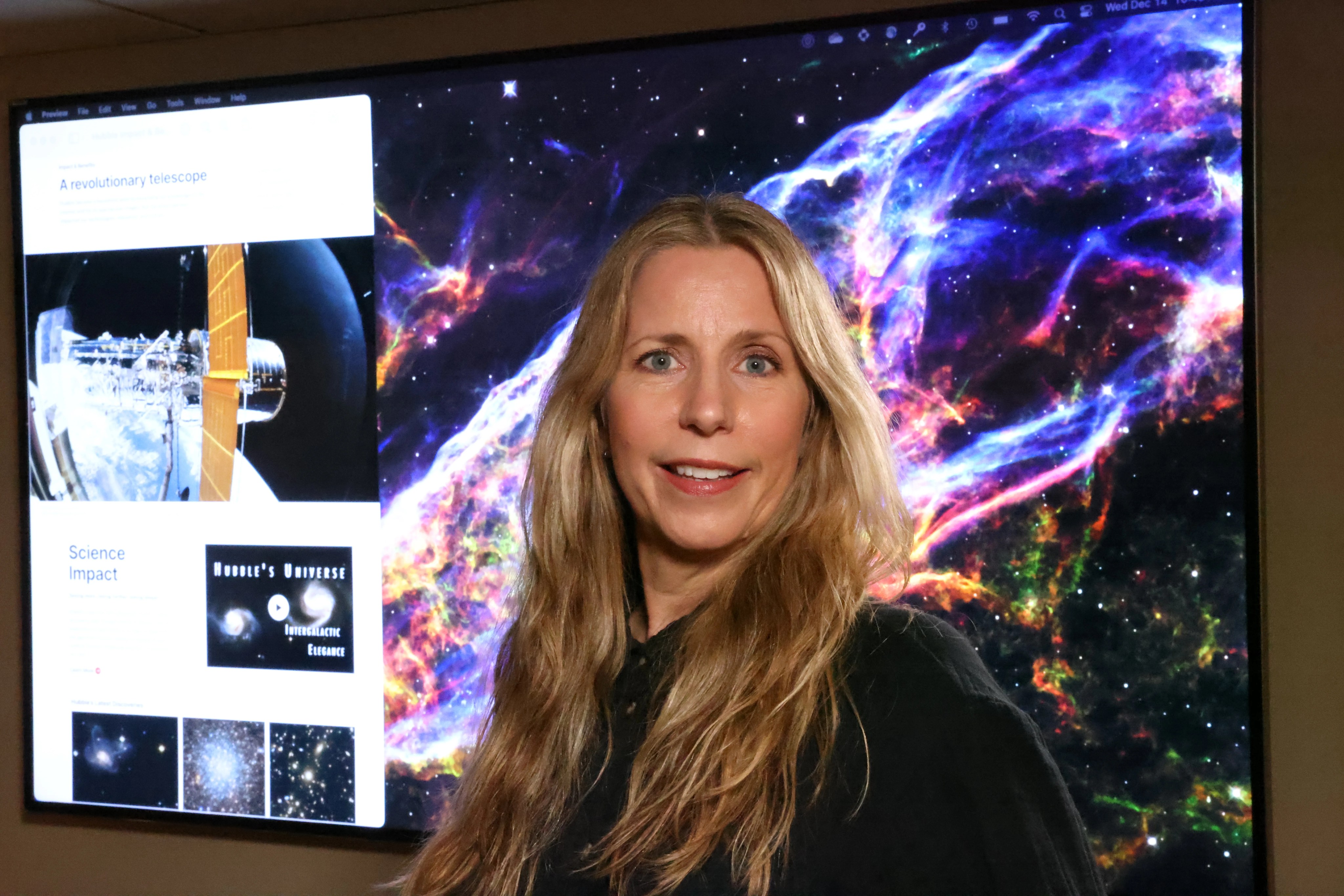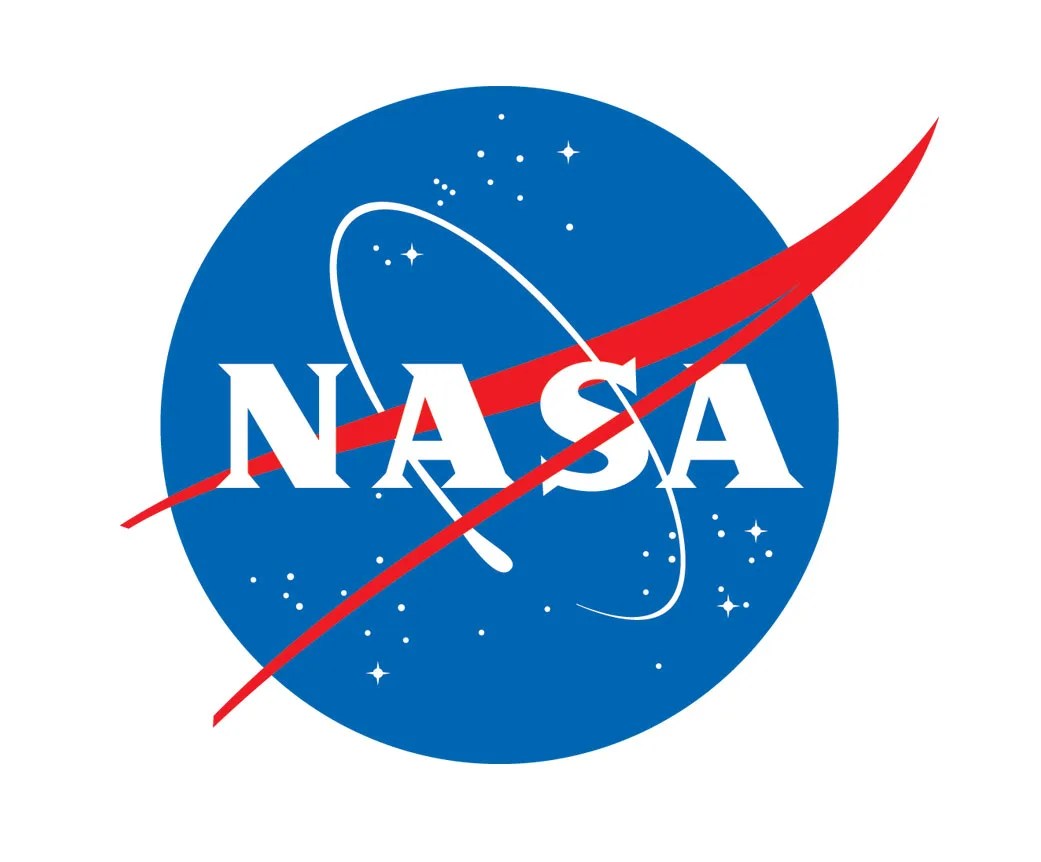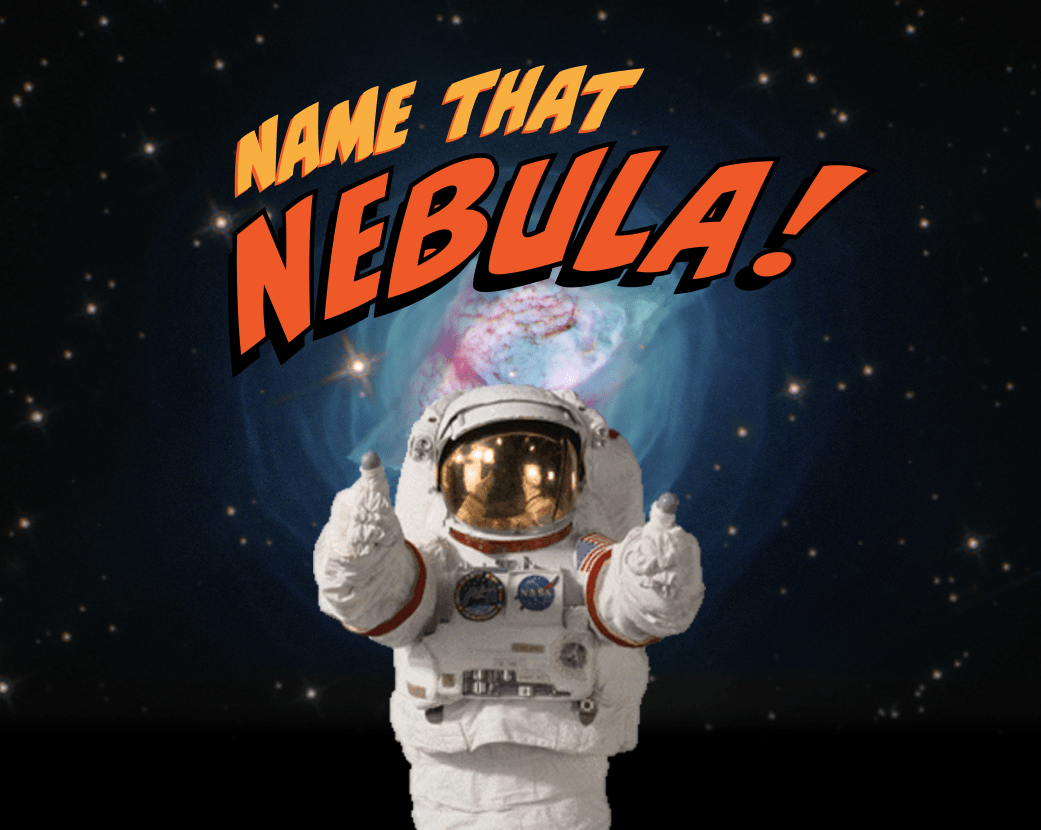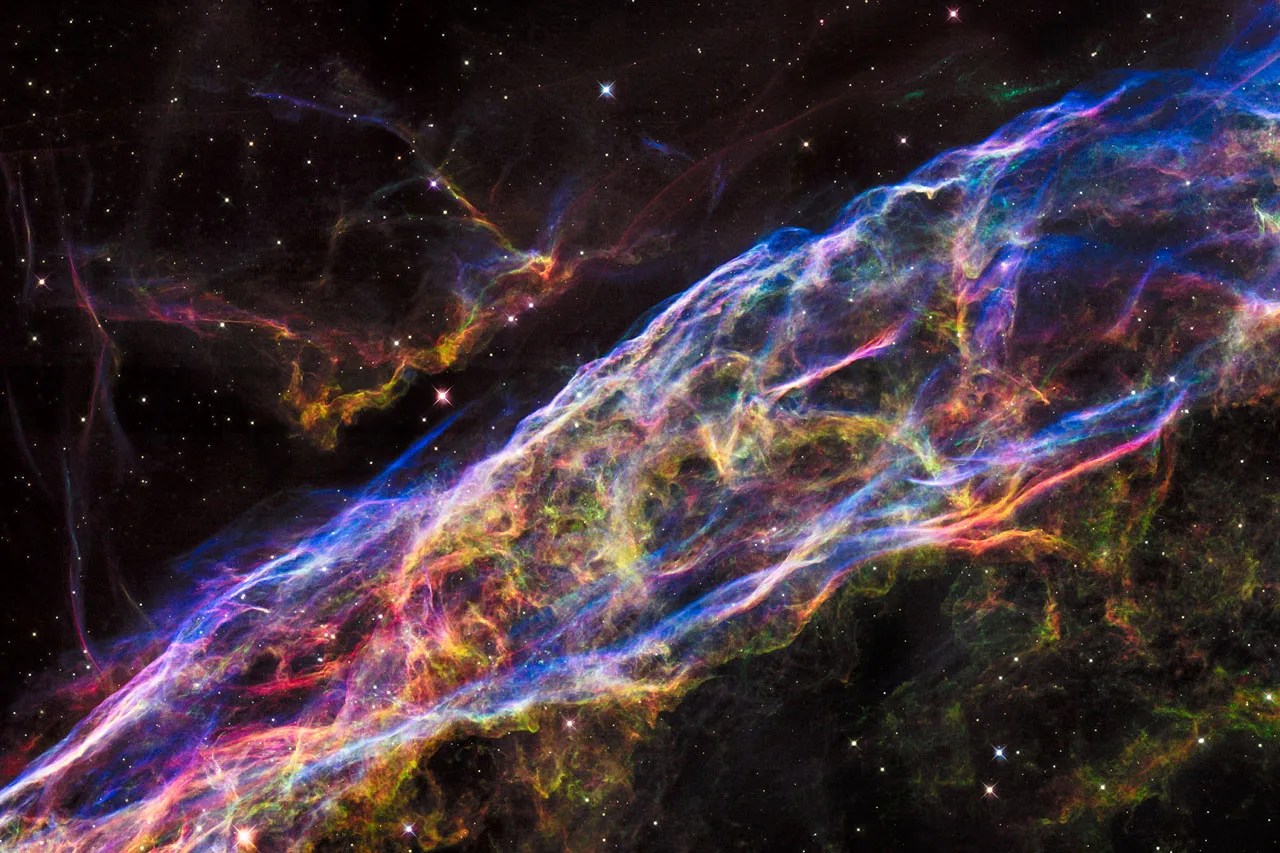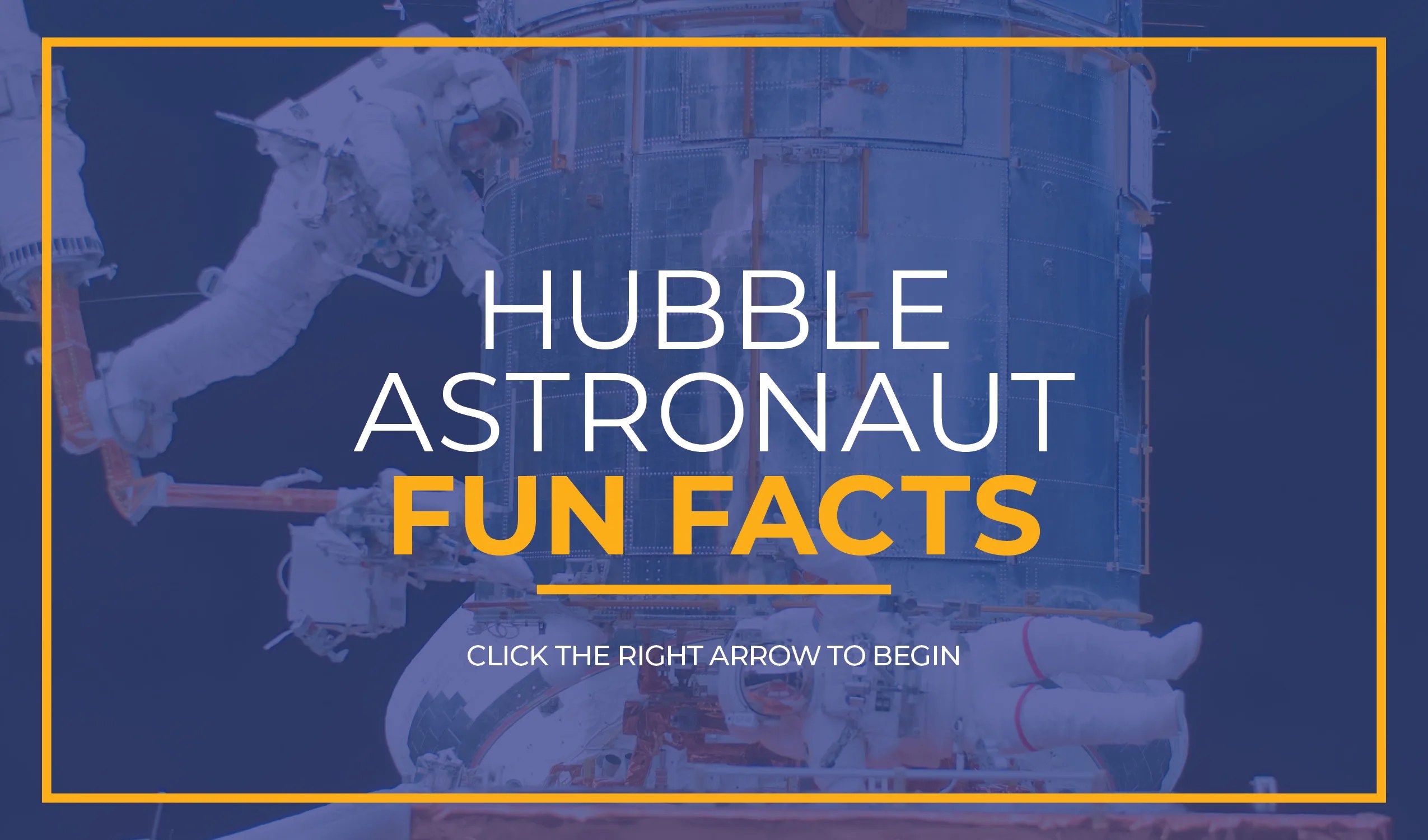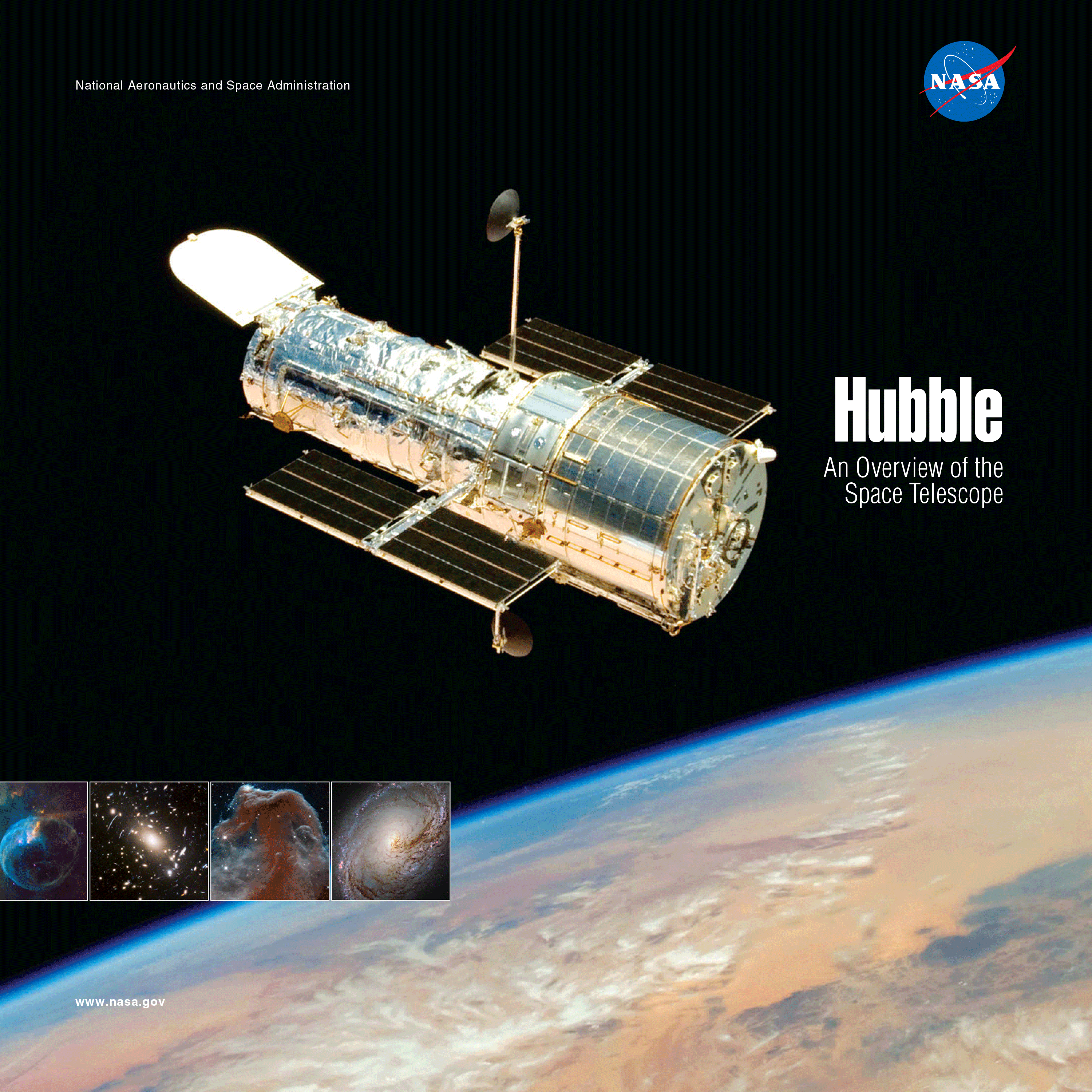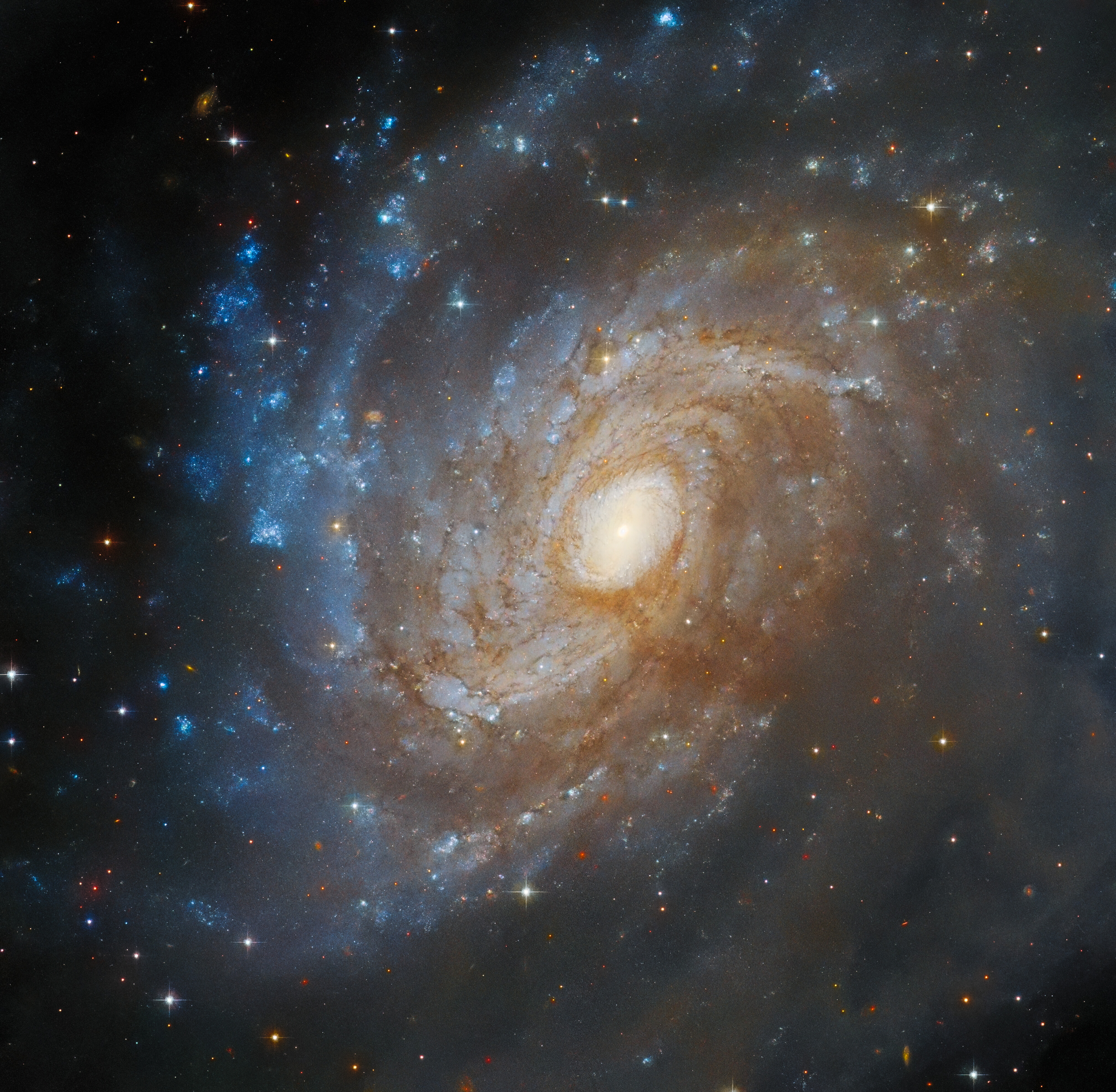Team
Career Aspirations
Hubble careers are as diverse as the people who hold the jobs. Members of the Hubble team, both past and present, are people who come from small towns and big cities, people who worked in the military and in factories, people who knew what they wanted and people who slowly discovered their calling. One developed a lifetime goal of working at NASA at just 9 years old after a neighbor gave him a tour. Another found herself questioning her career path when she suffered multiple job losses right out of college. One earned five college degrees while struggling with attention deficit disorder. Yet another had to adjust to a new country and culture after immigrating as a teen.
From the astronauts who fix Hubble to the developers who work on its software, from the scientists who study the data to the people who spread the word about its discoveries, the telescope is supported by people who traveled unique paths to join the Hubble adventure. Learn about their stories and find out how your skills could lead you to NASA.
Try things that are interesting and opportunities will open up, even if you can’t see them ahead of time.

Dr. Jennifer Wiseman
Senior Project Scientist
If you're a student, you don't have to wait until after college graduation to find opportunities with NASA and Hubble! Every year, NASA employs hundreds of interns at the graduate, undergraduate, and even high school levels, offering a hands-on look at what it's like to work for us, including on the Hubble project. NASA offers internships for a plethora of different skills and interests; from assisting a scientist in conducting astronomy research, to working with software with computer programmers, to compiling statistics of social media accounts, there's sure to be a great fit for you. Use the links at the bottom of this page more about different types of opportunities and find available positions.
Science
Every week, Hubble collects an average of 18 gigabytes of science data. Our Hubble scientists and astronomers analyze and study this data to understand the latest discoveries that Hubble has made of the universe we live in. If you love science, astronomy, physics, astrophysics, or instrumentation, you'll love working on the Hubble science team.
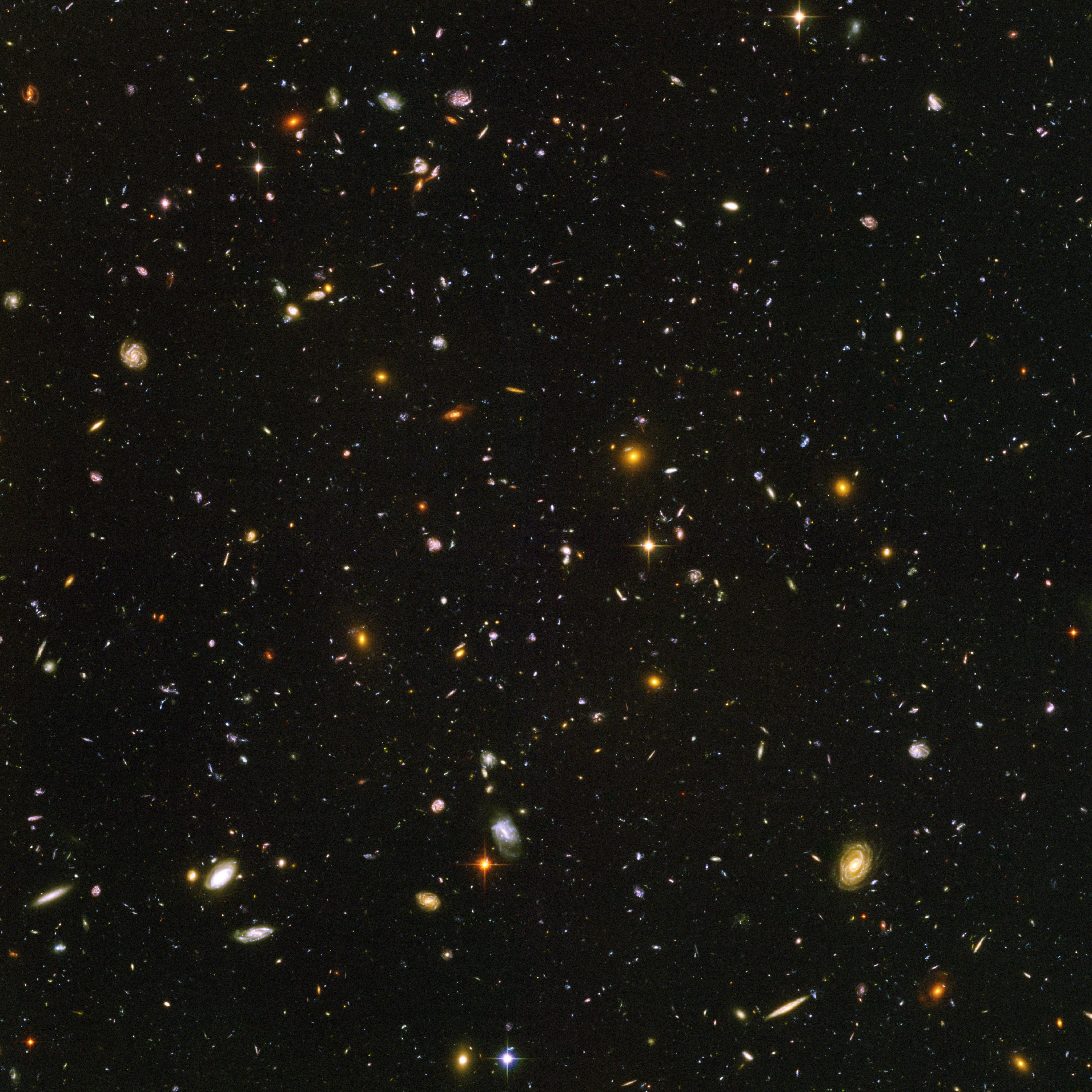
Engineering
Hubble is made of 27,000 pounds of many different instruments, electronics, mechanisms, optics, and protective materials that work in tandem to create one powerful space telescope, which is expertly operated by adept engineers. In addition to engineering, math, and science prowess, engineers are highly valued for their excellent creativity and problem-solving skills, which are vital to any NASA mission's continued success. Hubble employs engineers in a variety of different fields, such as aerospace, mechanical, software, and electrical engineers.
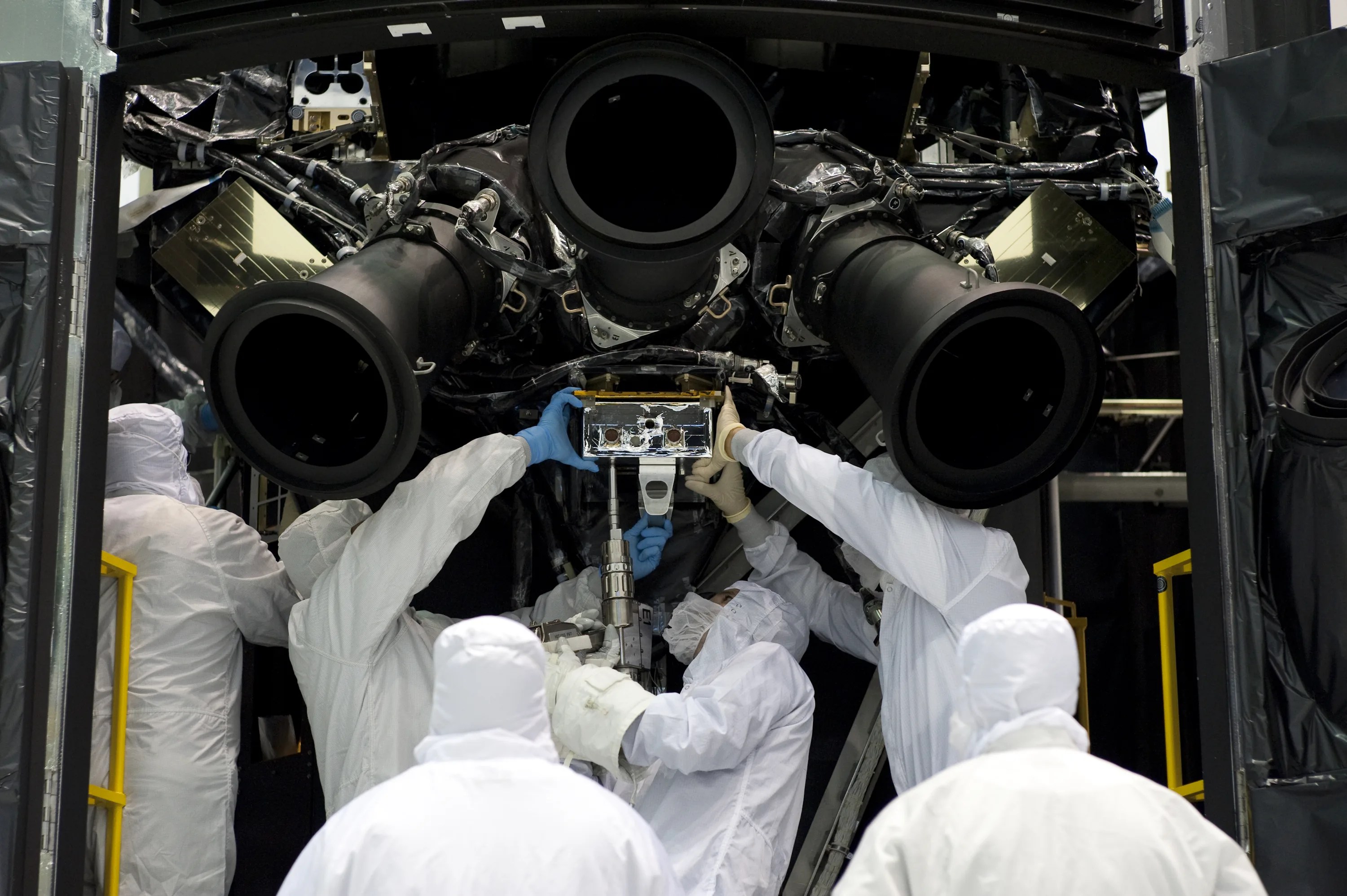
Management
The Hubble mission is managed by a small group of civil servants that have overall responsibility for the success of the mission. Their responsibilities not only include ensuring that all technical work and processes are complete and accurate, but also the day-to-day activities of procurements, staffing, budget, facilities, equipment, and communications.
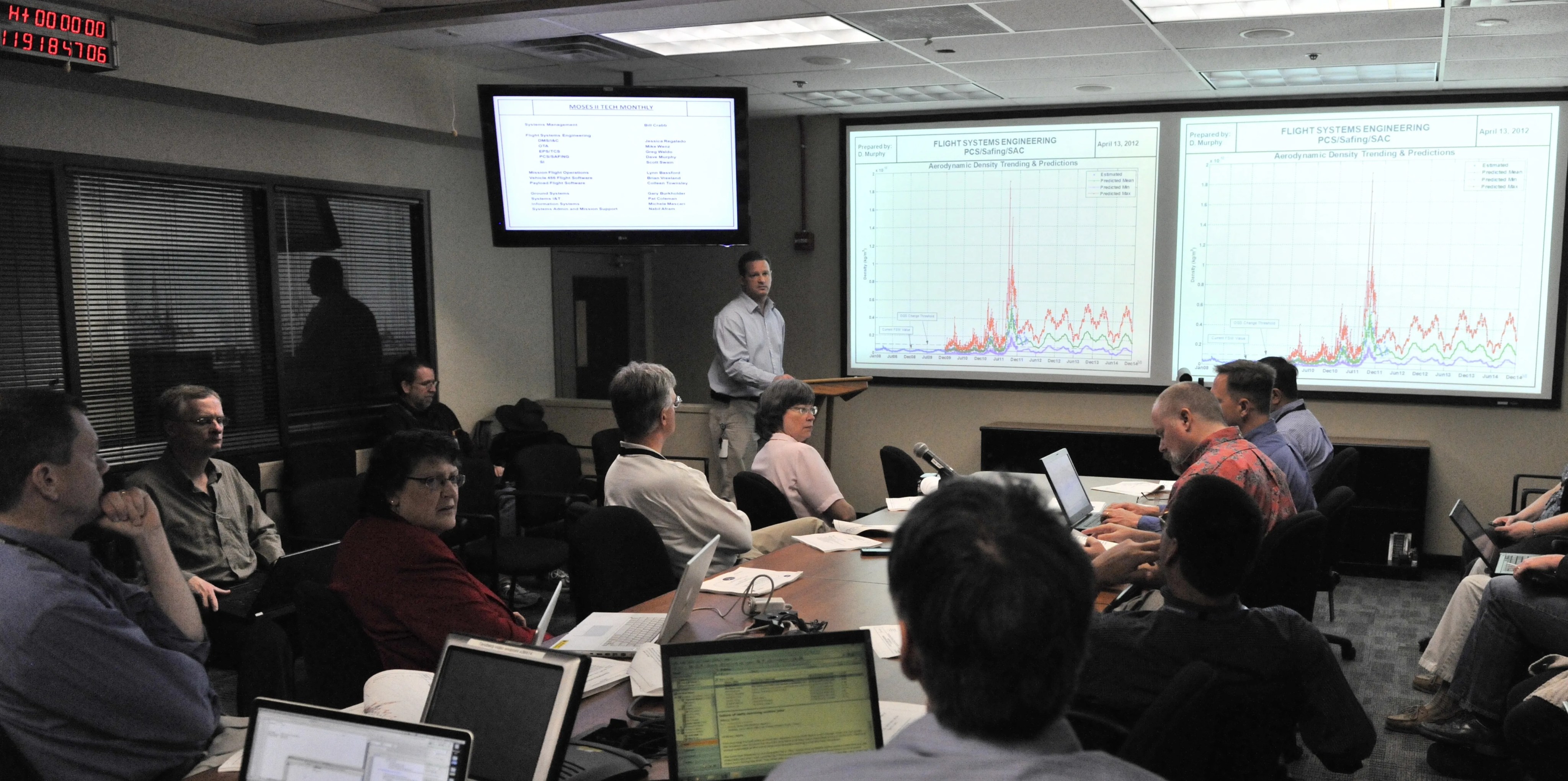
Business
The Hubble business team is responsible for all of the financials for the mission. This not only includes paying the bills, but also preparing the budget packages needed to secure the necessary money to run the project. They are also responsible for awarding and executing the two major contracts (mission operations and science operations), other associated contracts (e.g. communications), and a subset of the science grants.
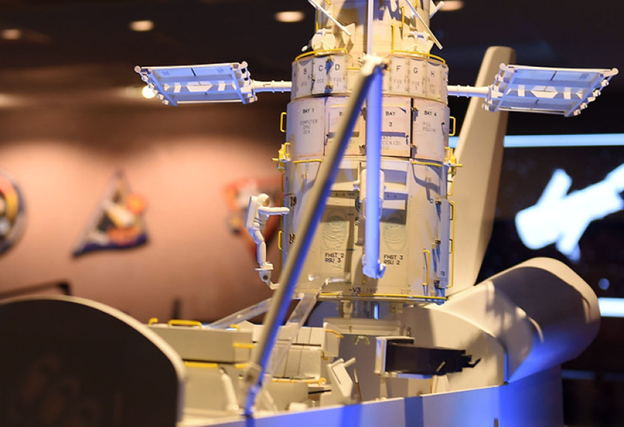
Software
A space telescope uses software in everything. From the processors inside Hubble's instruments, to the flight computer onboard the spacecraft, to the control center that issues commands, to the archive that stores its data, millions of lines of software are needed to make Hubble run. Having Hubble team members knowledgeable in computer software and programming is paramount to communicating properly and analyzing the information that it sends us. Computer programmers and software experts are in high demand in the technology industry, and NASA is no exception.
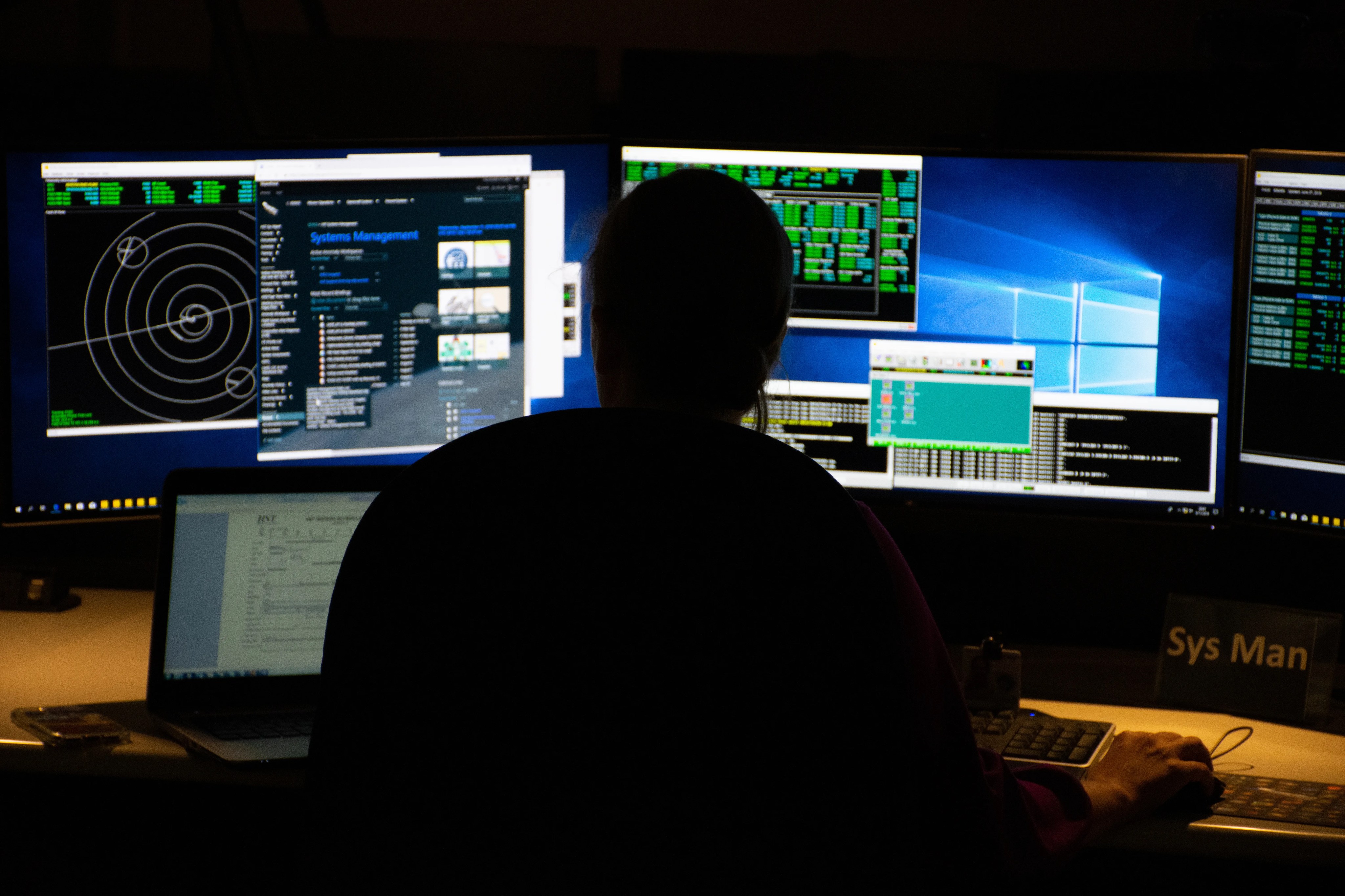
Space Operations
Floating at about 340 miles above the Earth and made up of many different parts, it's only natural that Hubble would need frequent supervision to ensure everything is working properly. Our space operations crew directly communicates with Hubble from the ground at Goddard Space Flight Center, and are capable problem solvers who can remain cool under pressure and adapt on the fly to handle any unexpected problems or situations that may arise.
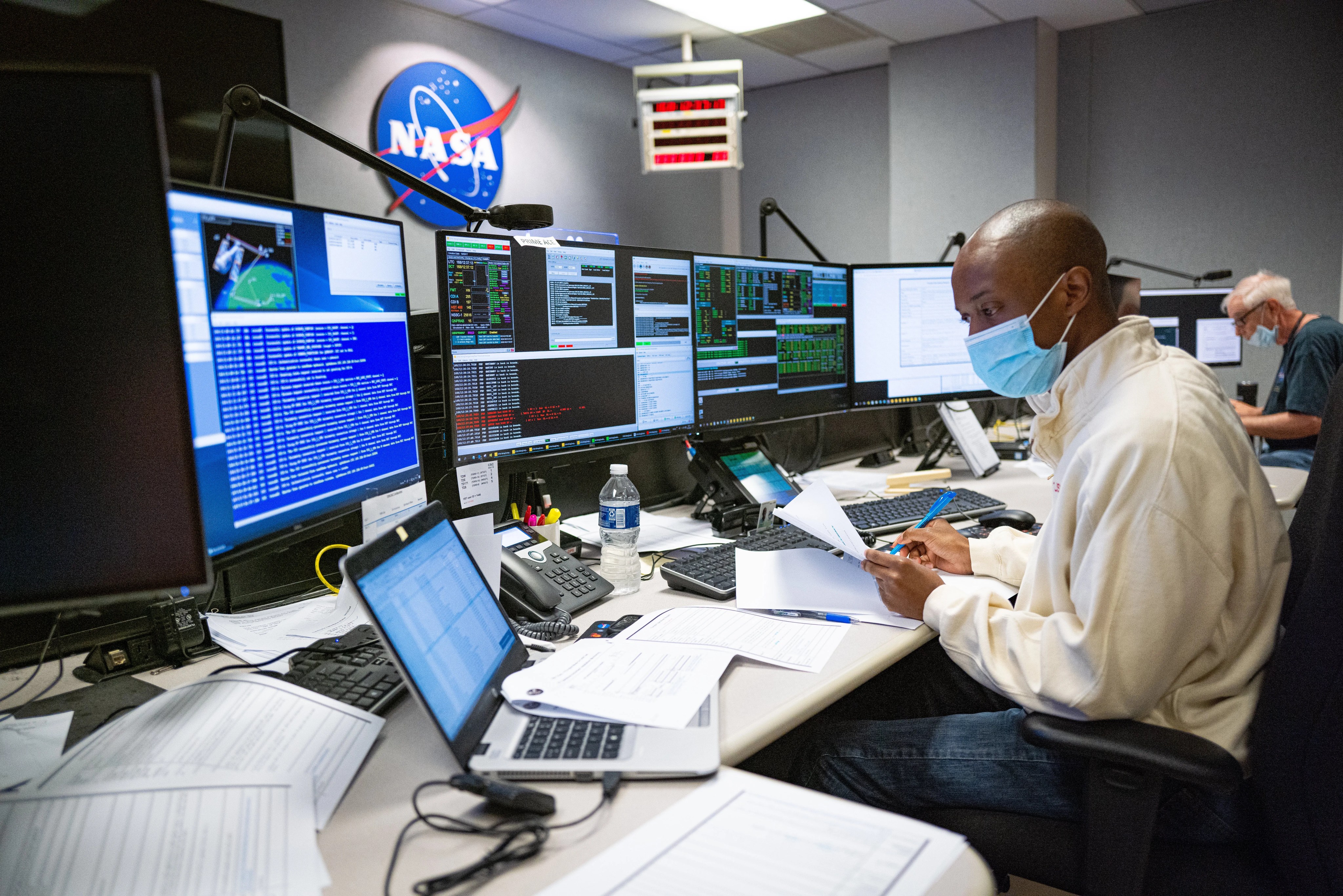
Information Systems
Computers and networks are a critical part of the Hubble mission and ground system. Additional custom hardware that simulates the spacecraft is also an integrated part of the mission operations. Our team of information technology experts keep this equipment operating and secure to ensure the safe operations of the observatory.
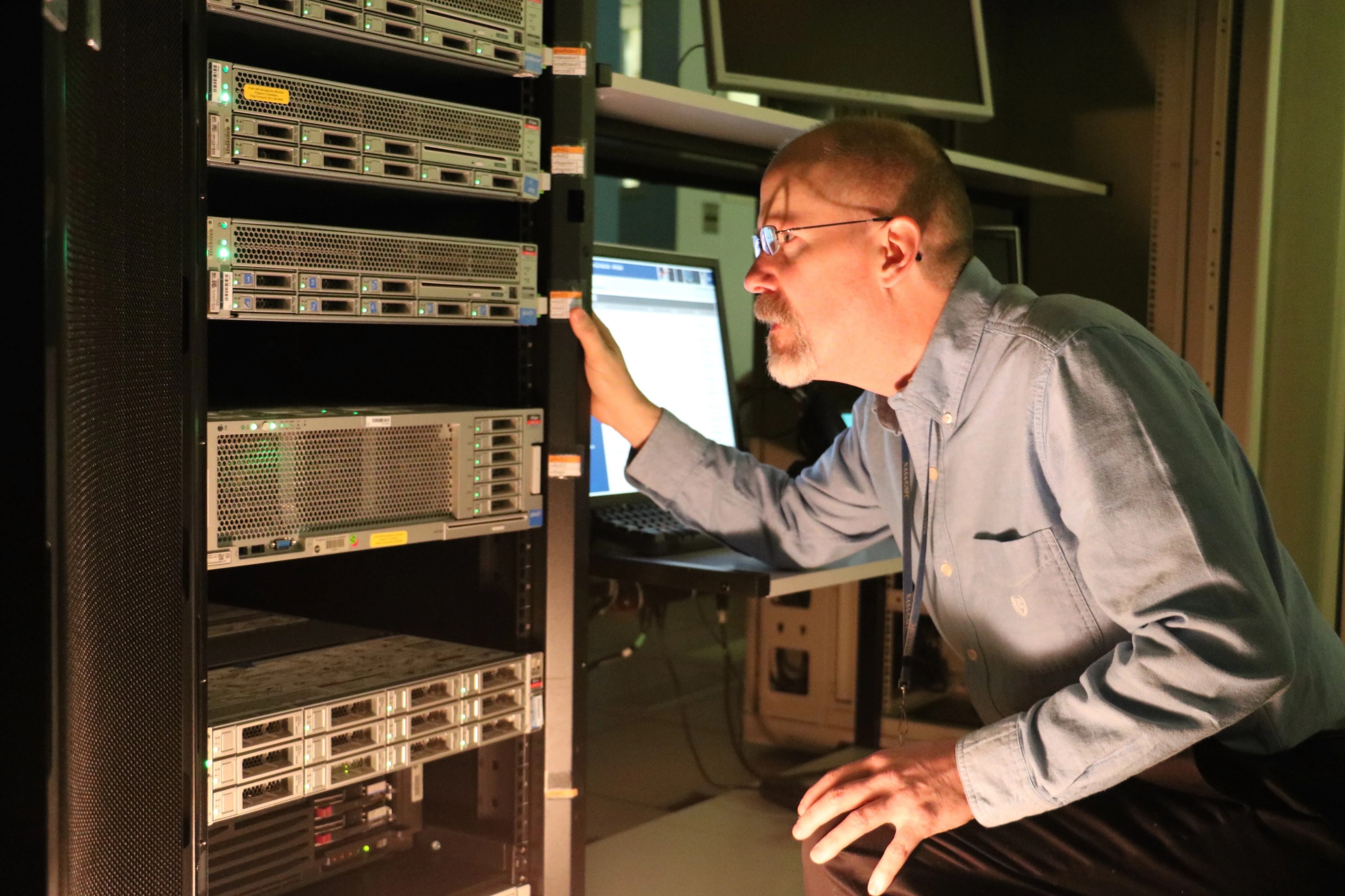
Communications
Hubble's countless exciting and groundbreaking discoveries are not meant to be limited to scientists and astronomers alone. As a government organization, NASA considers it essential to have teams of enthusiastic, knowledgeable, personable communicators to share the exciting revelations of its many missions and projects with the world. Through press releases, engaging videos, take-home materials, social media posts, and outreach events, the Hubble communications team revels in spreading the word of the telescope's amazing work to the general public.
